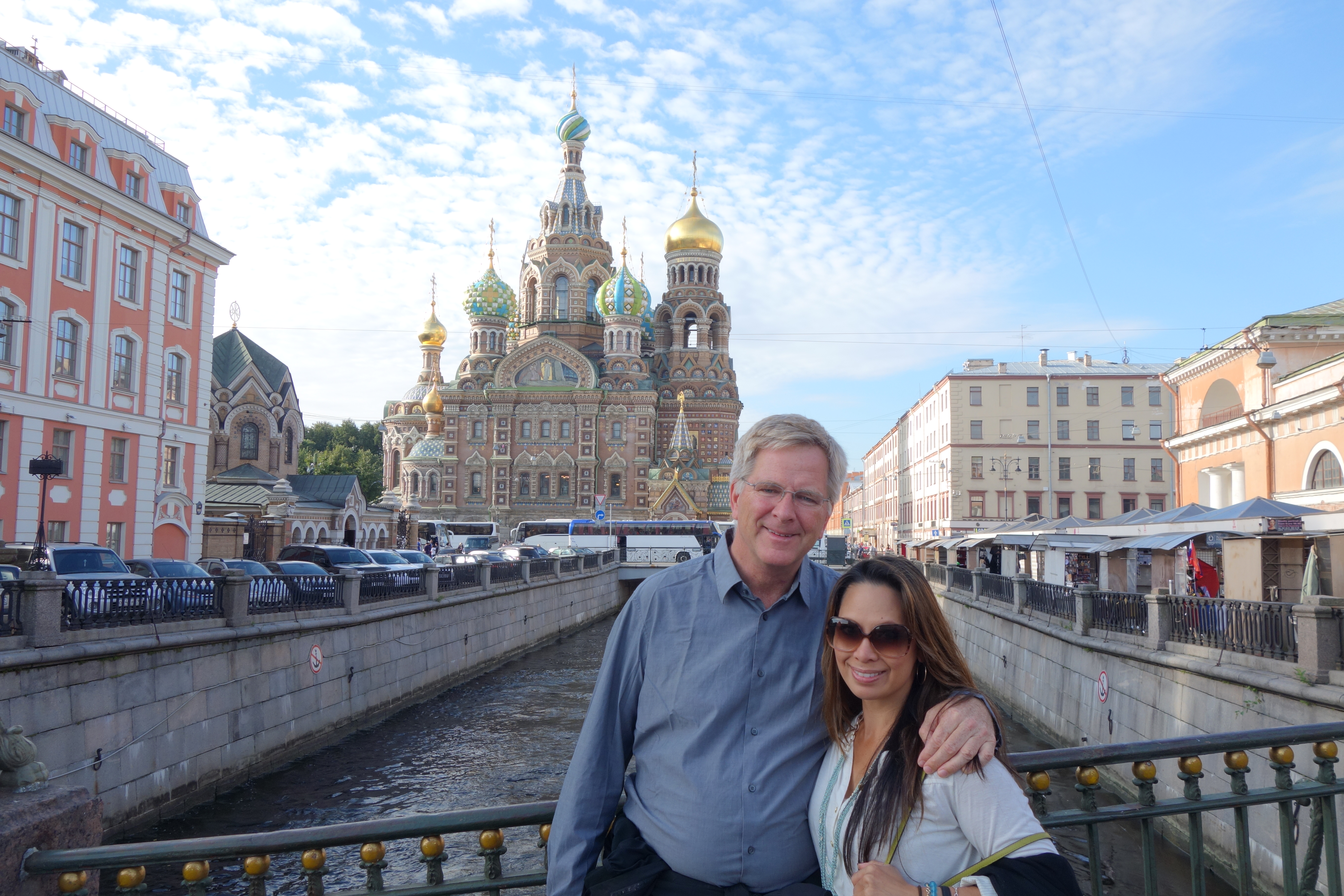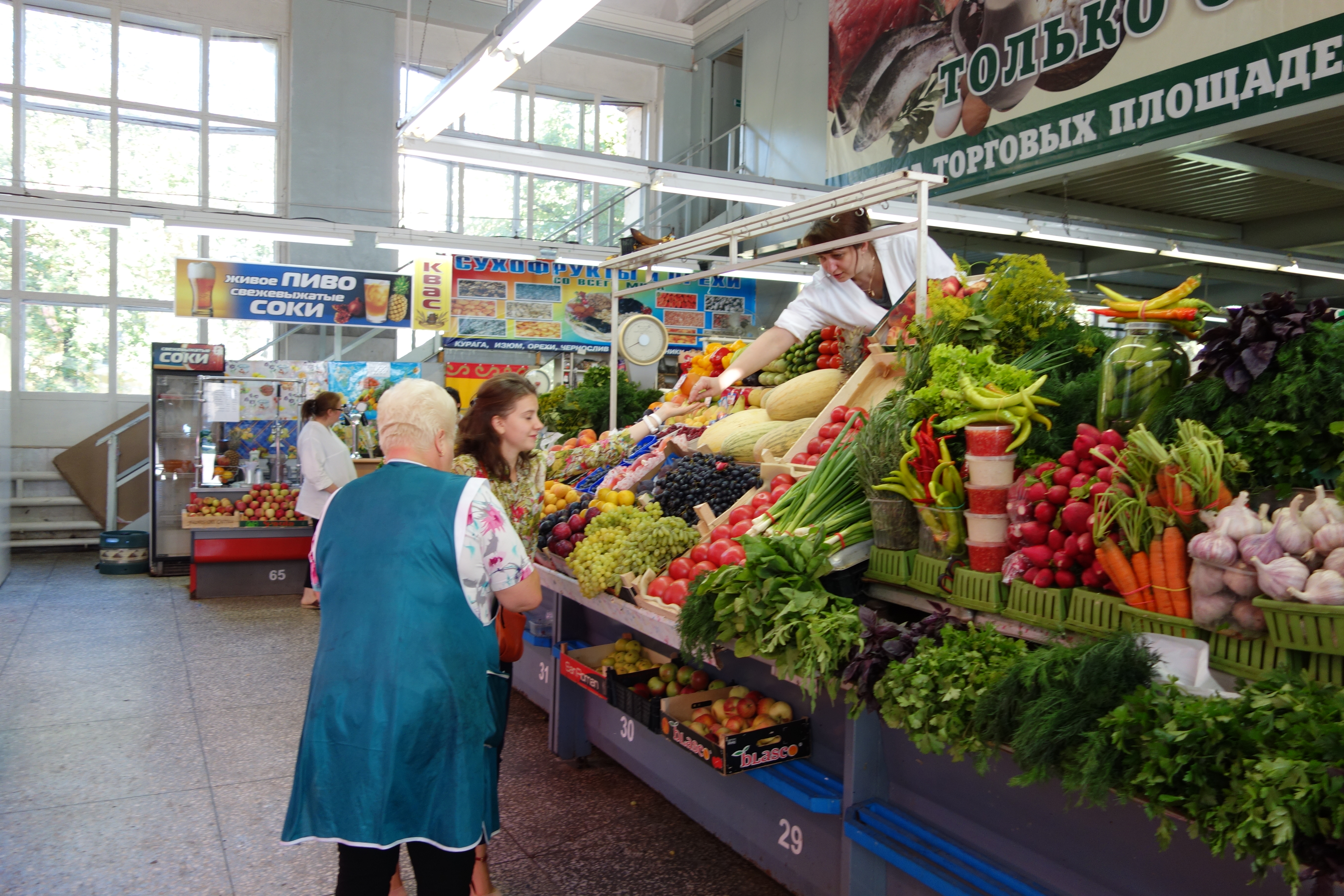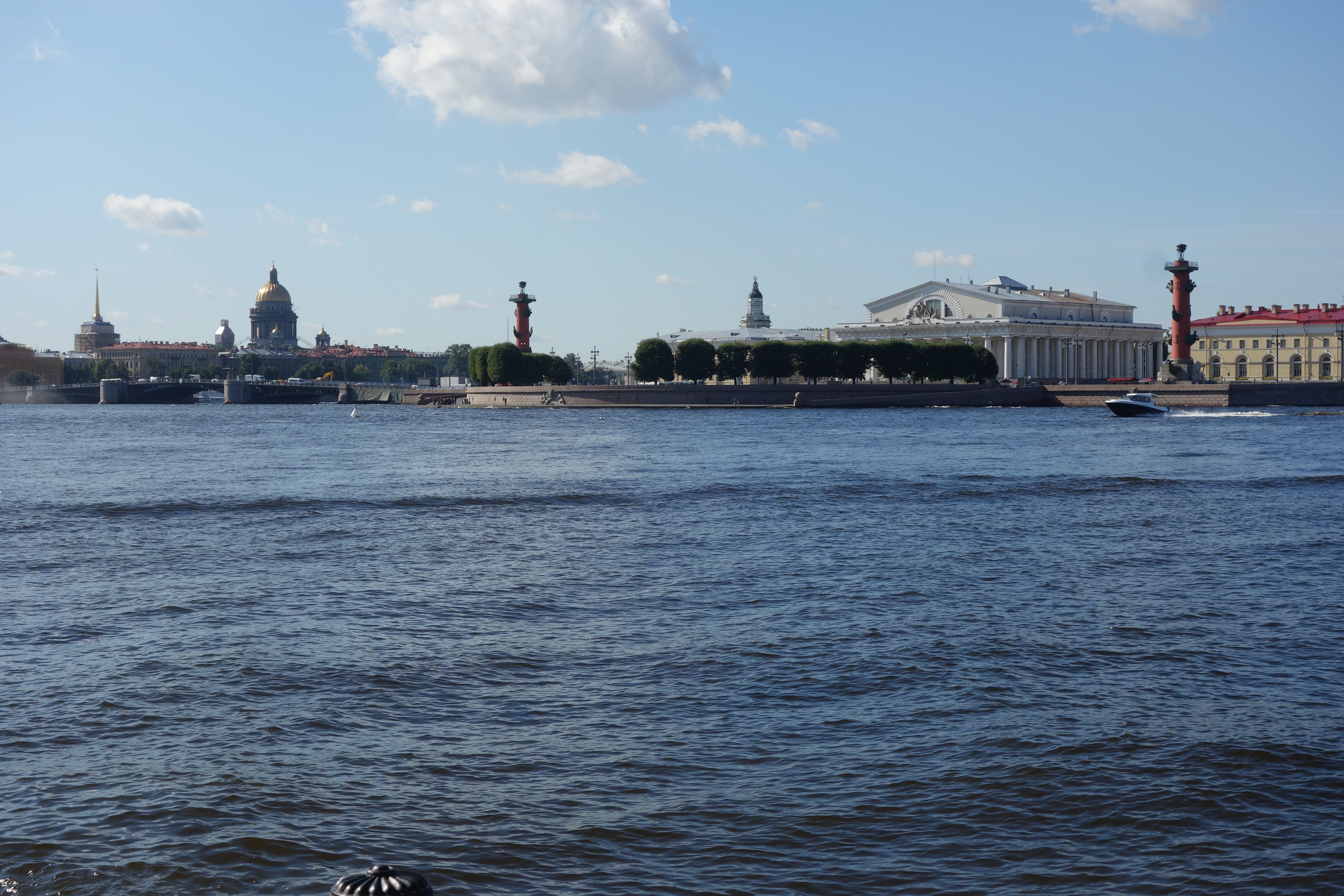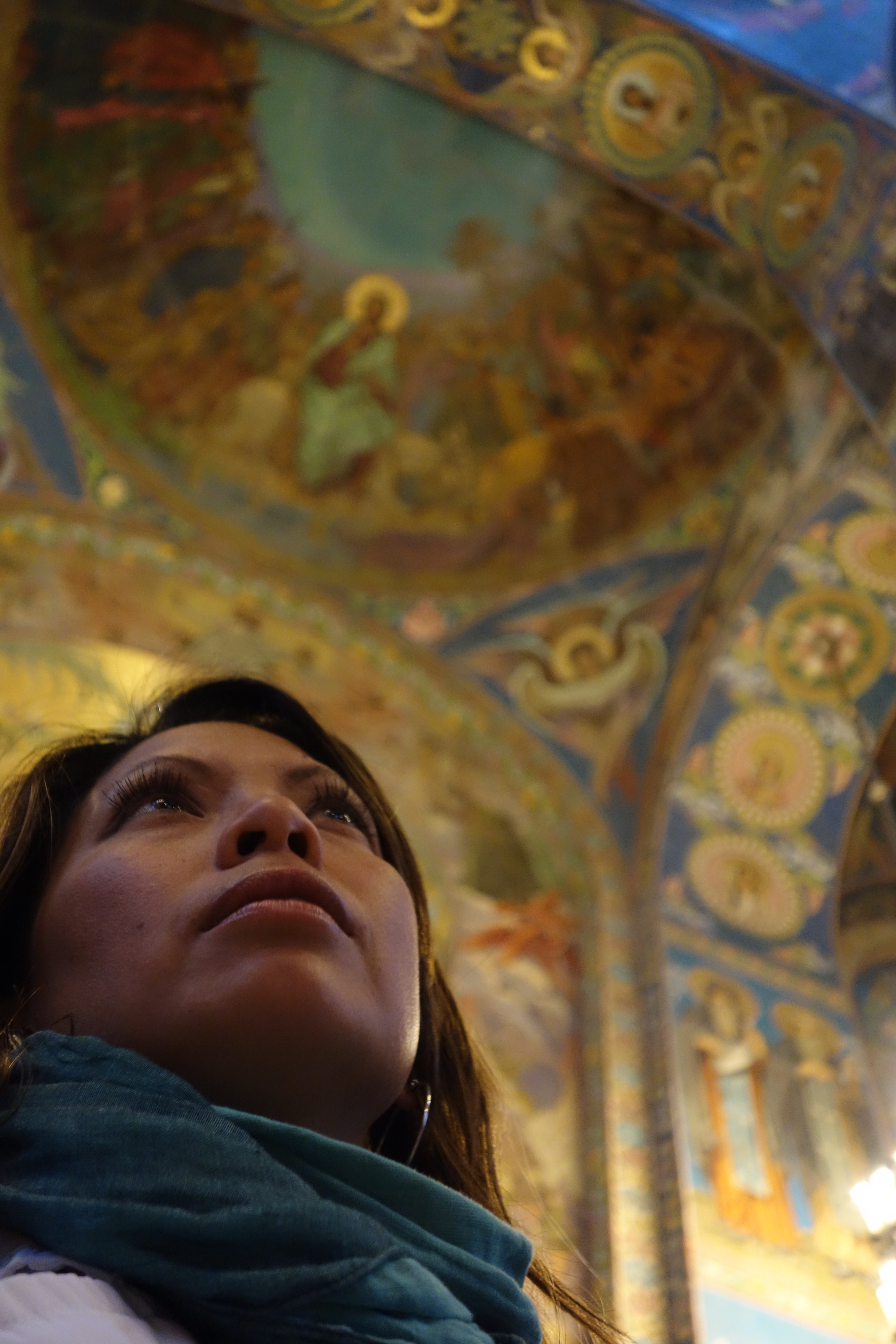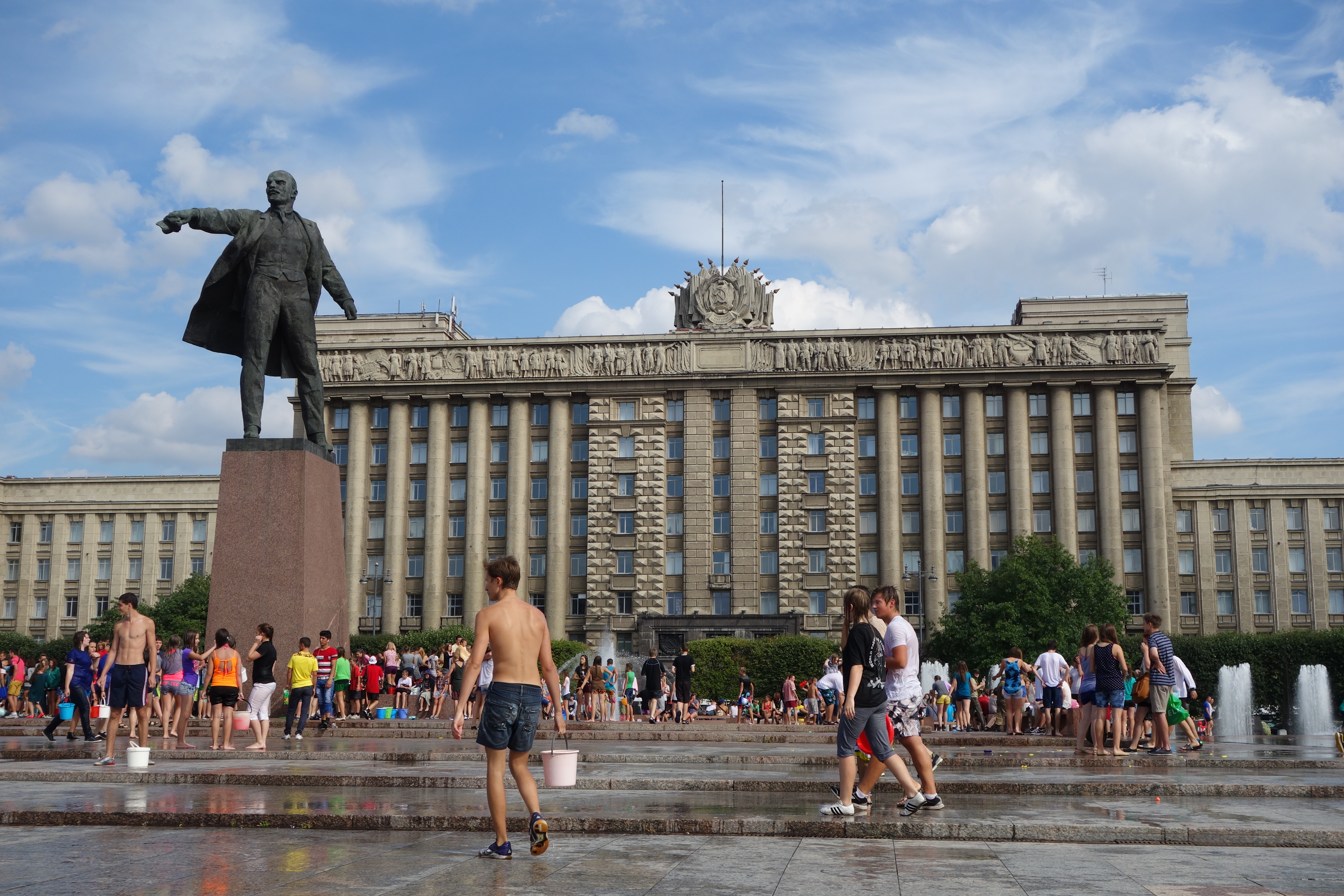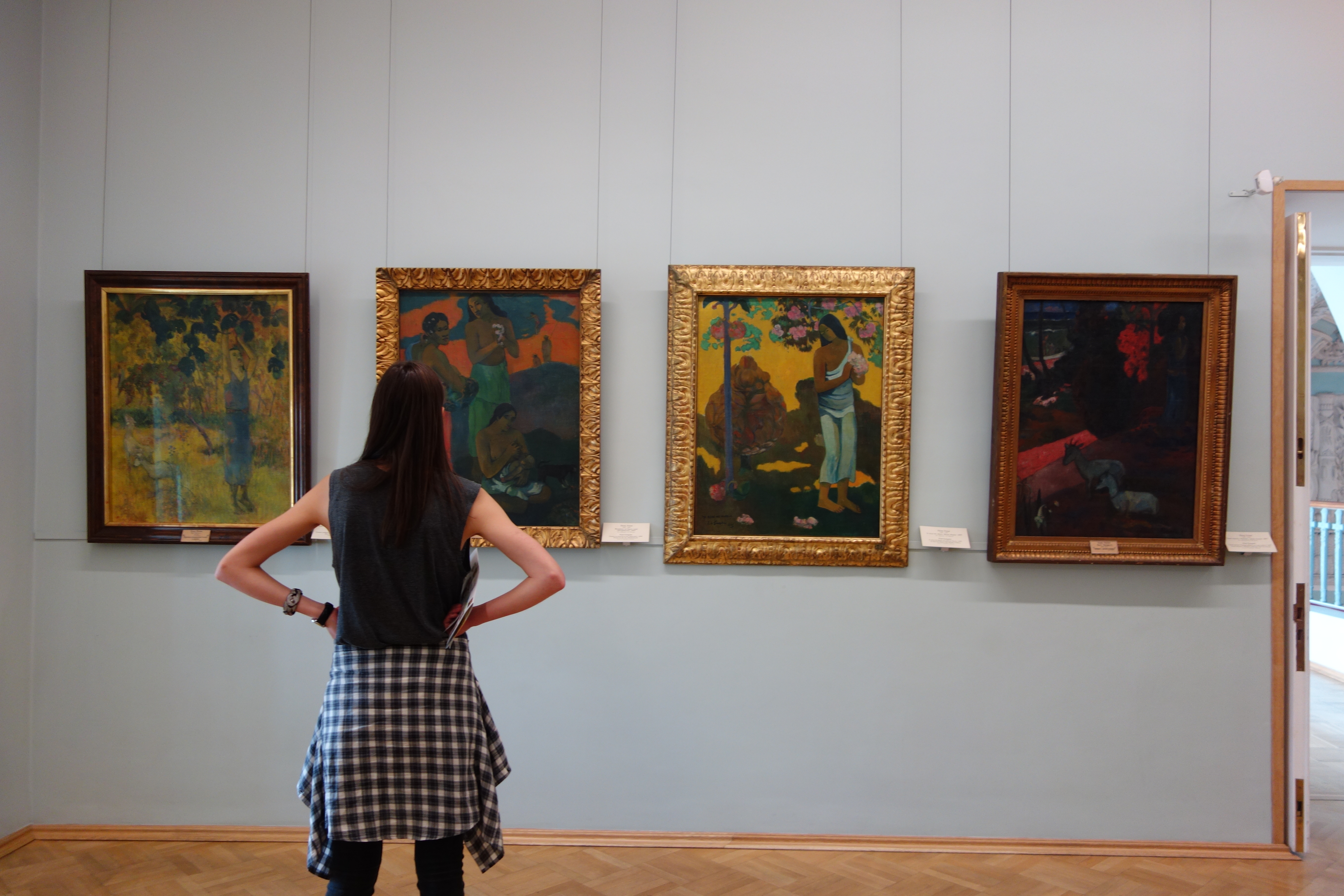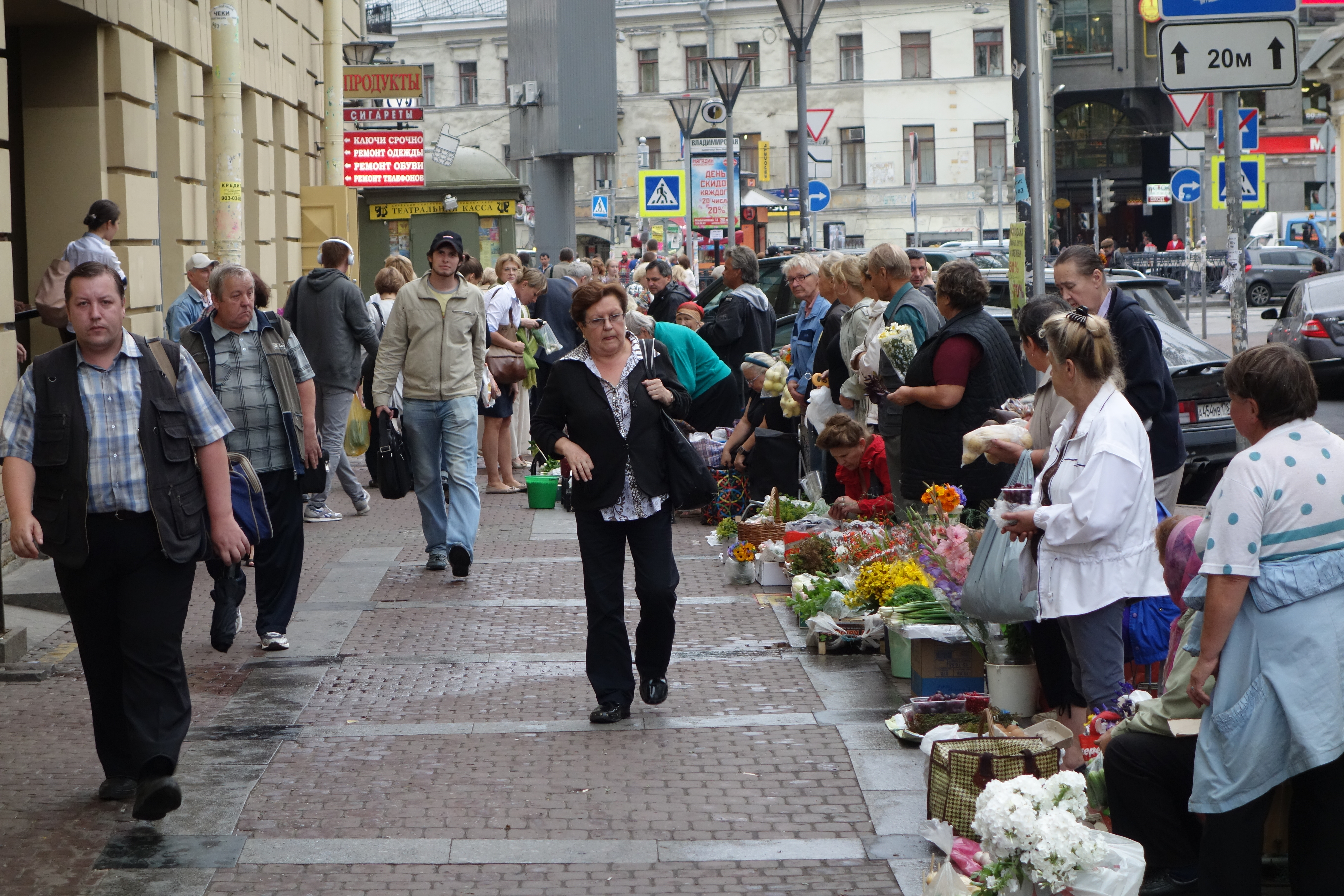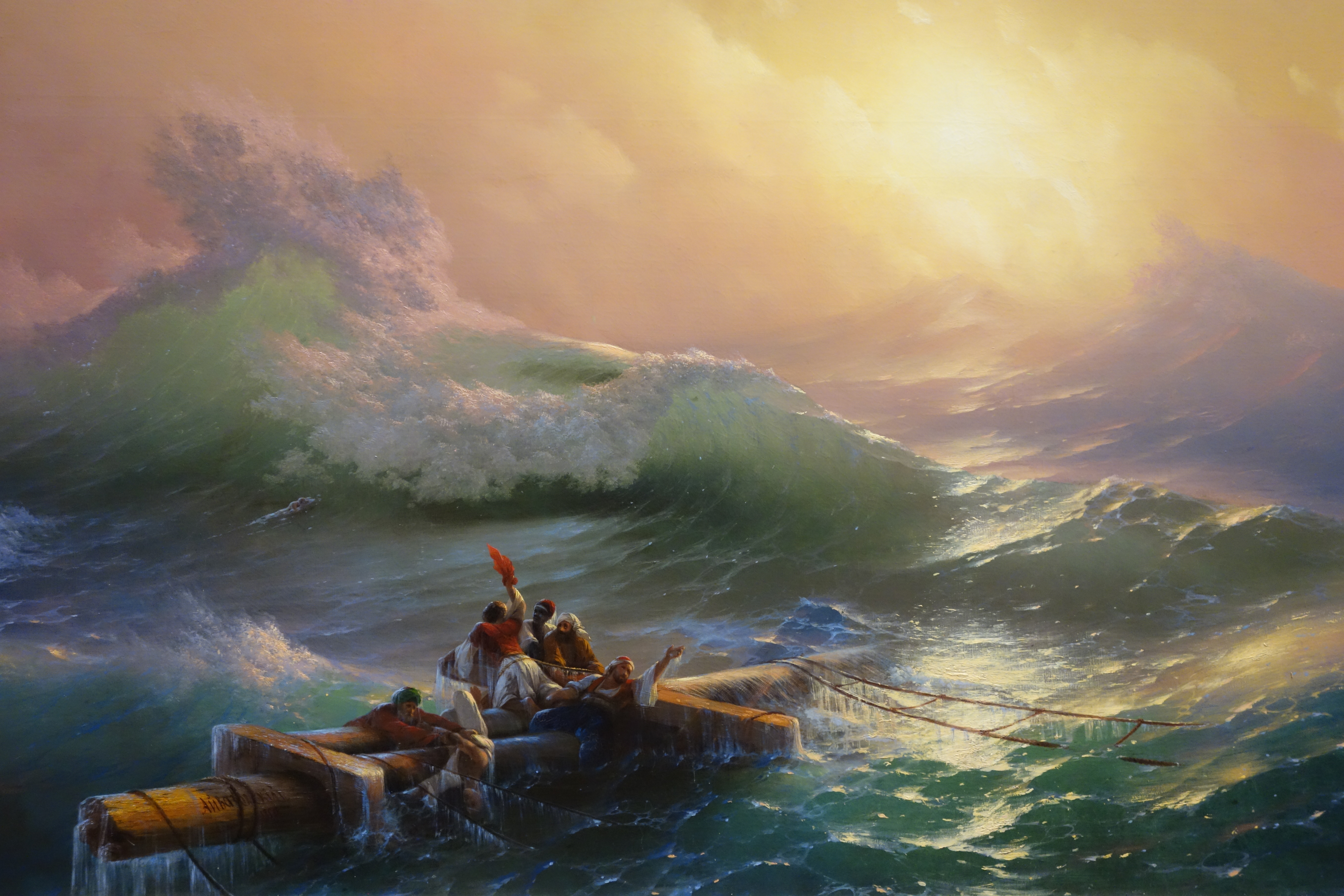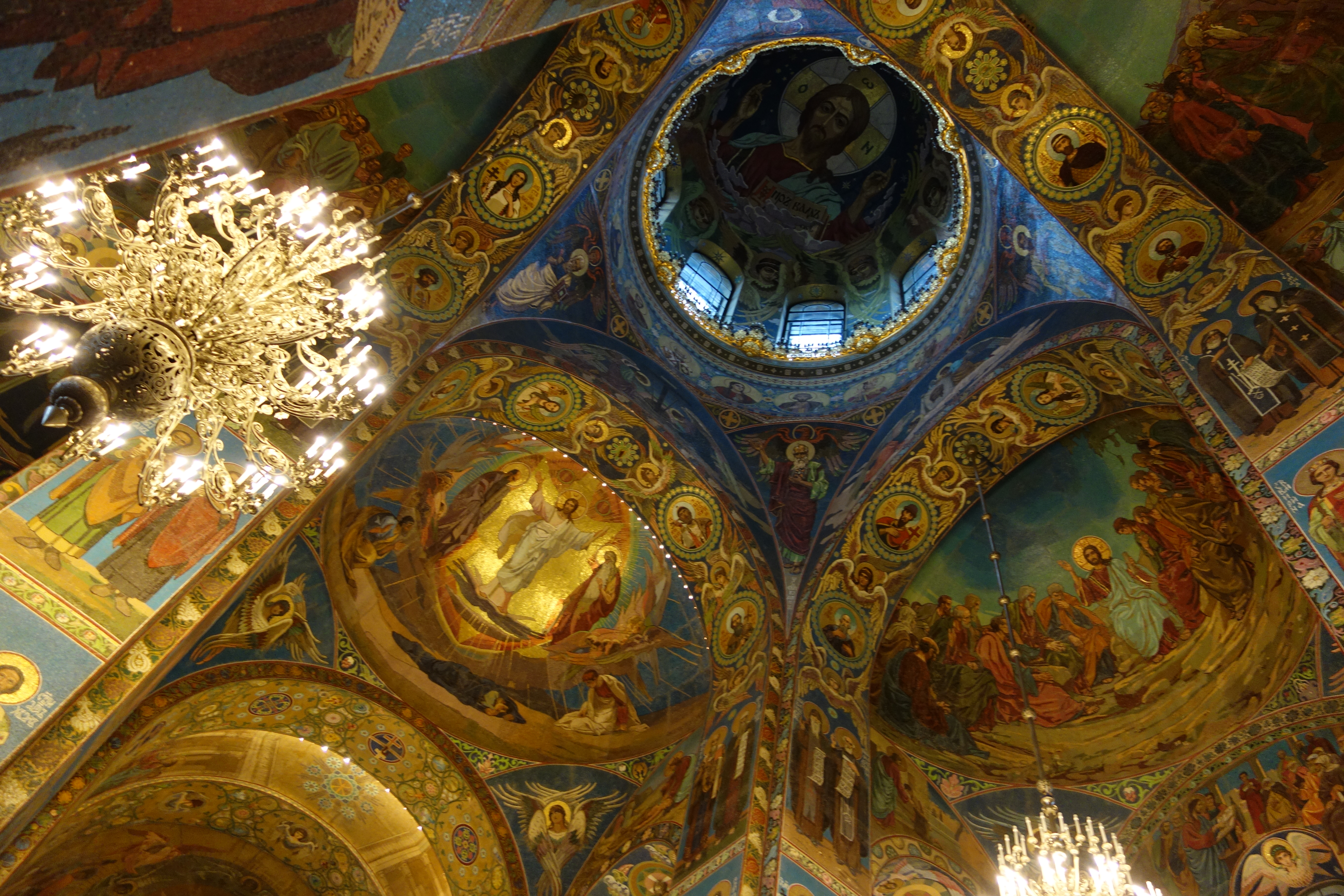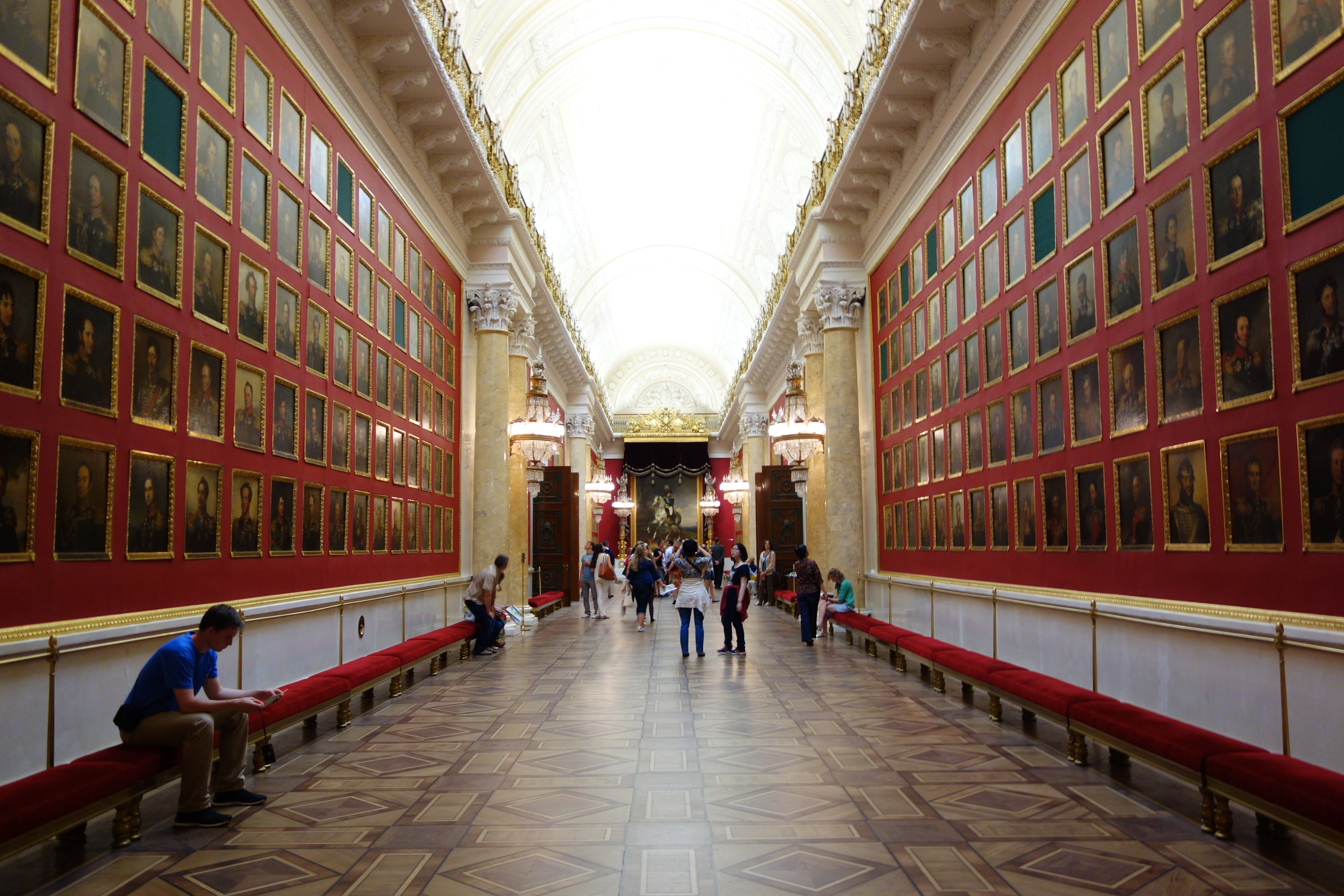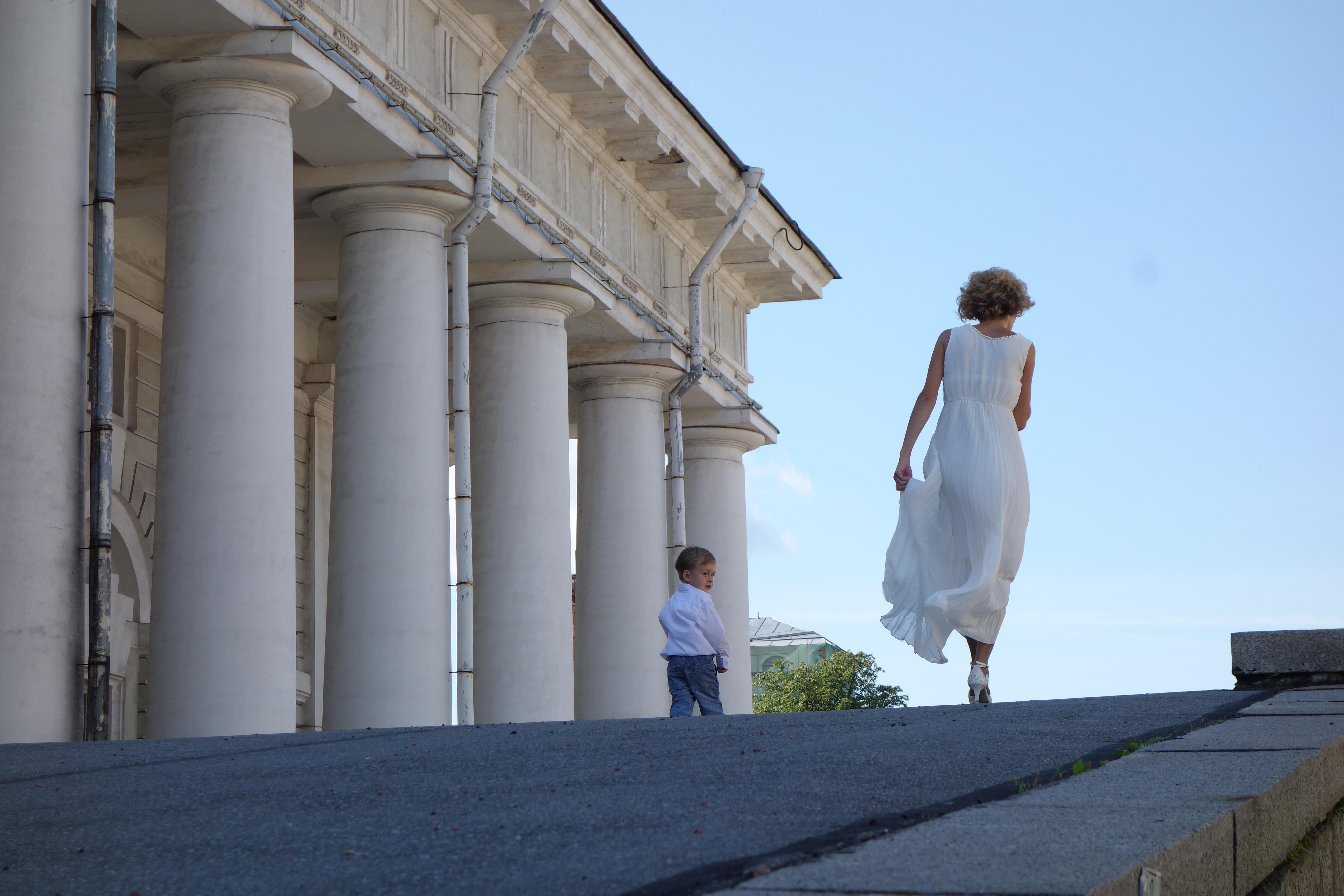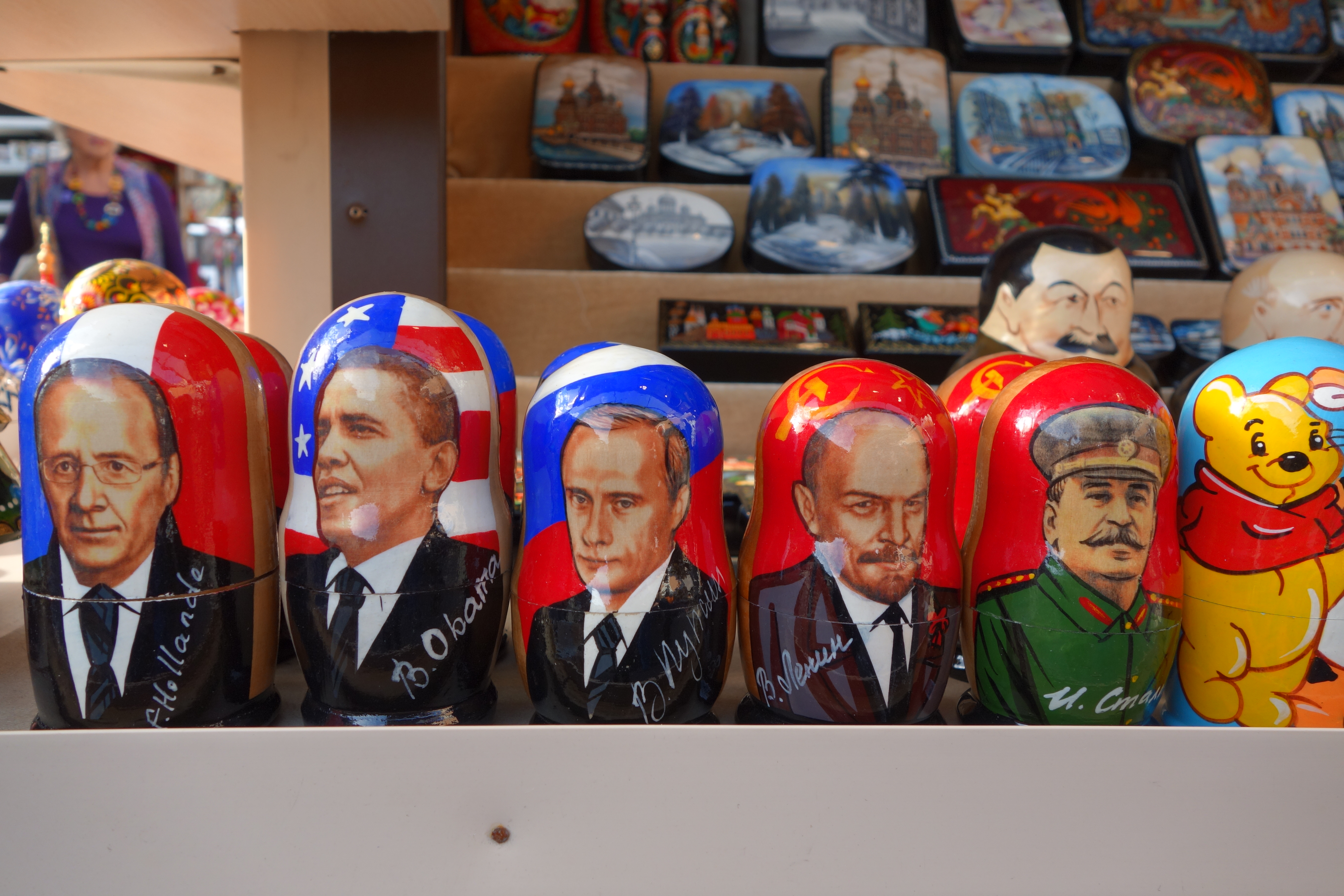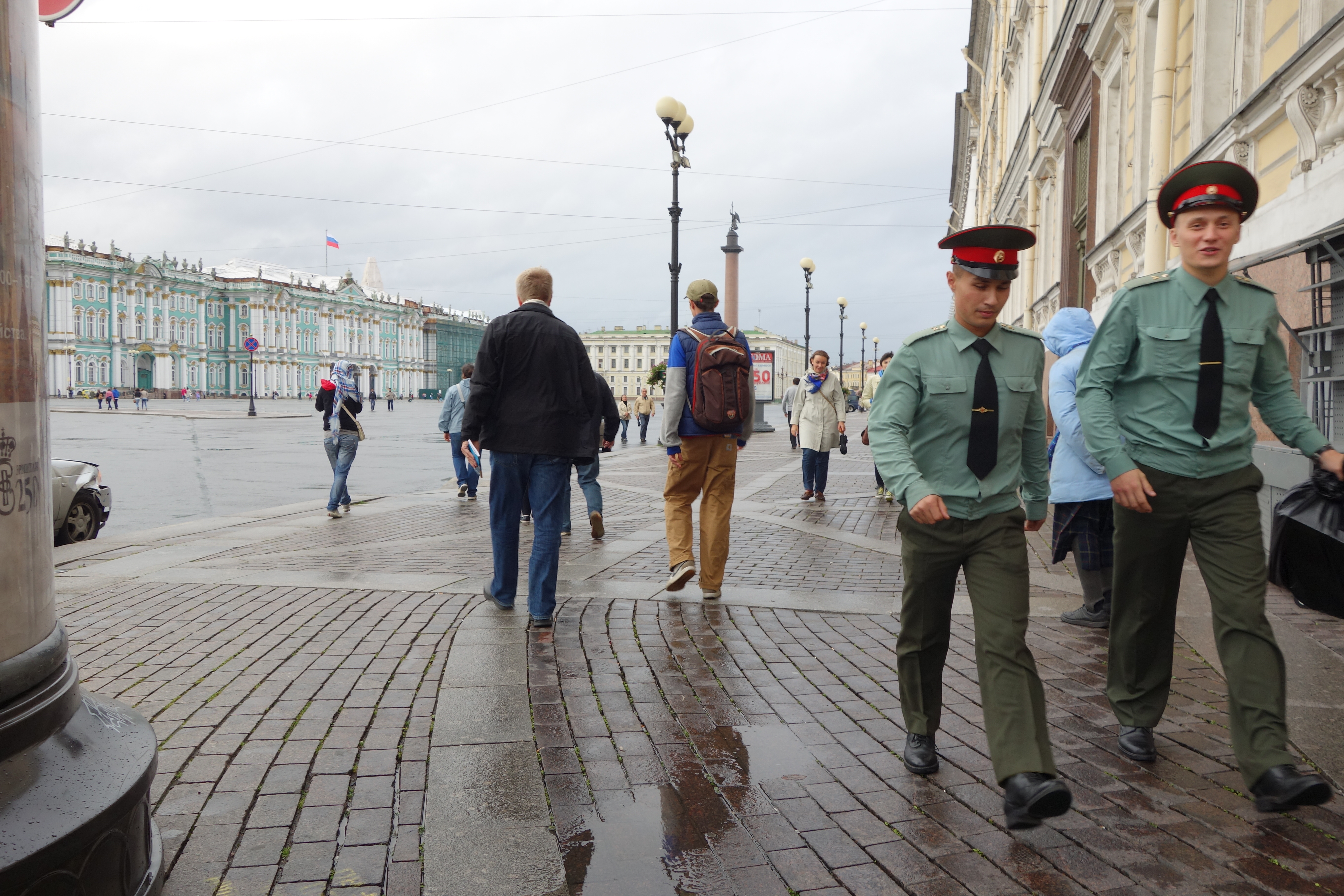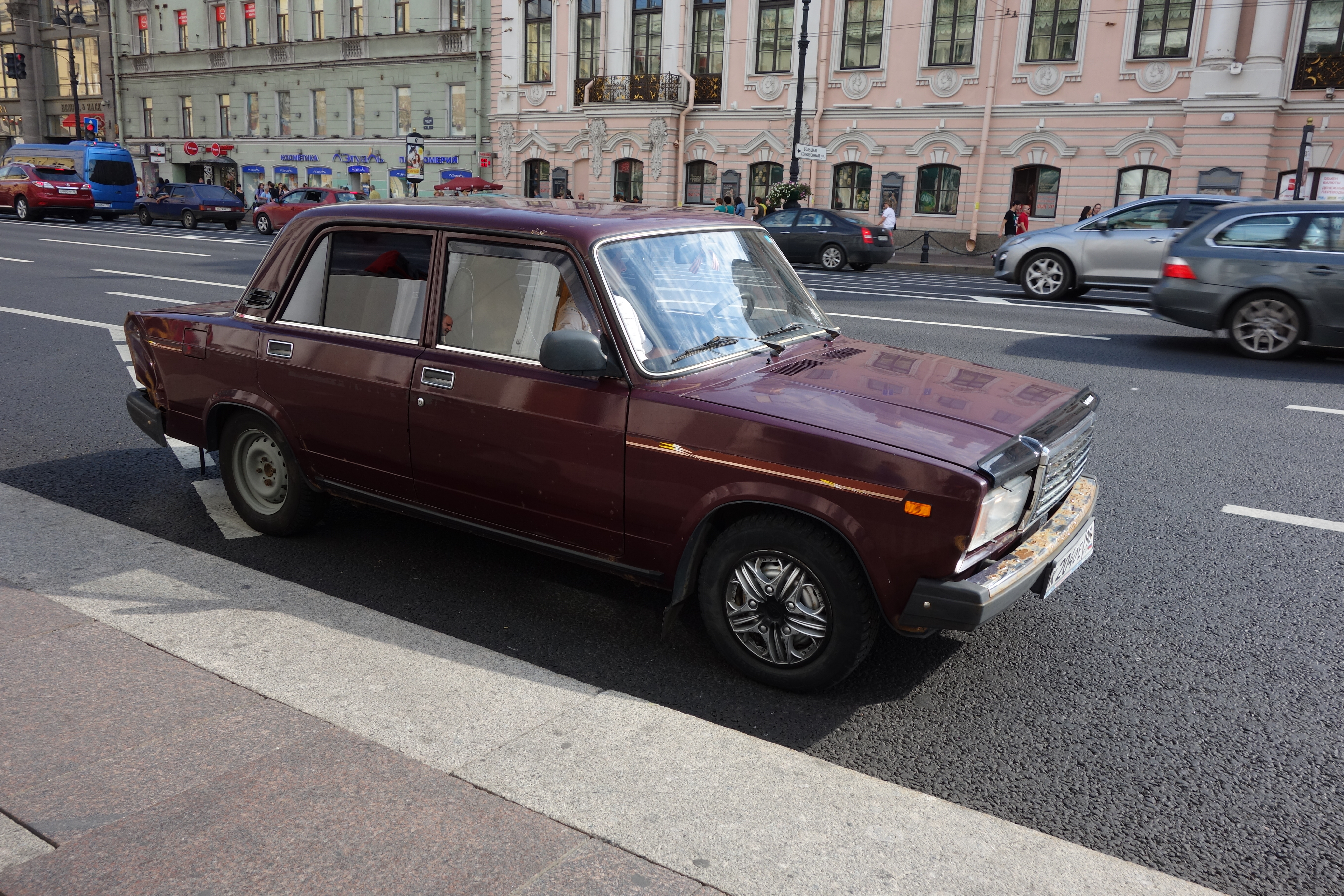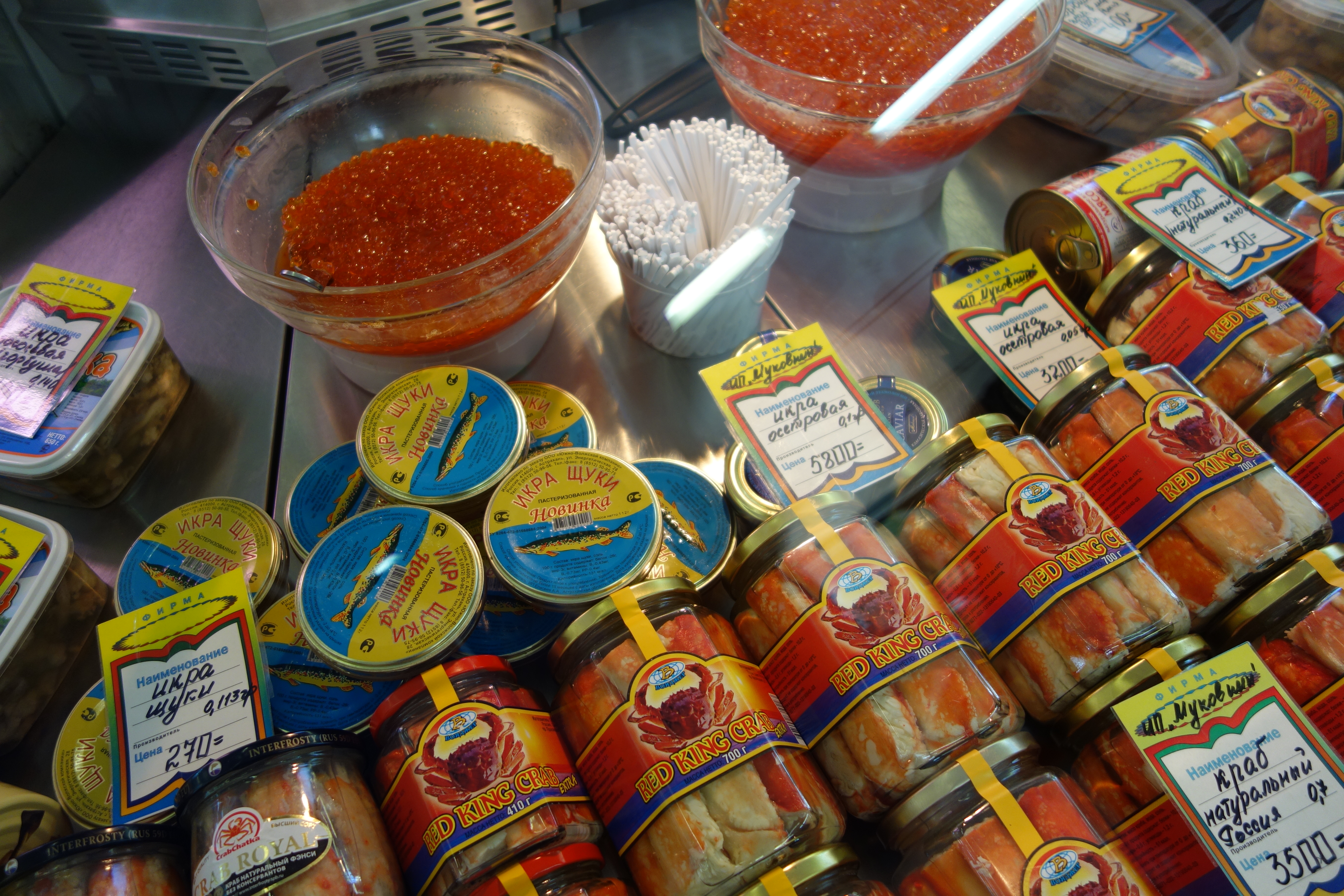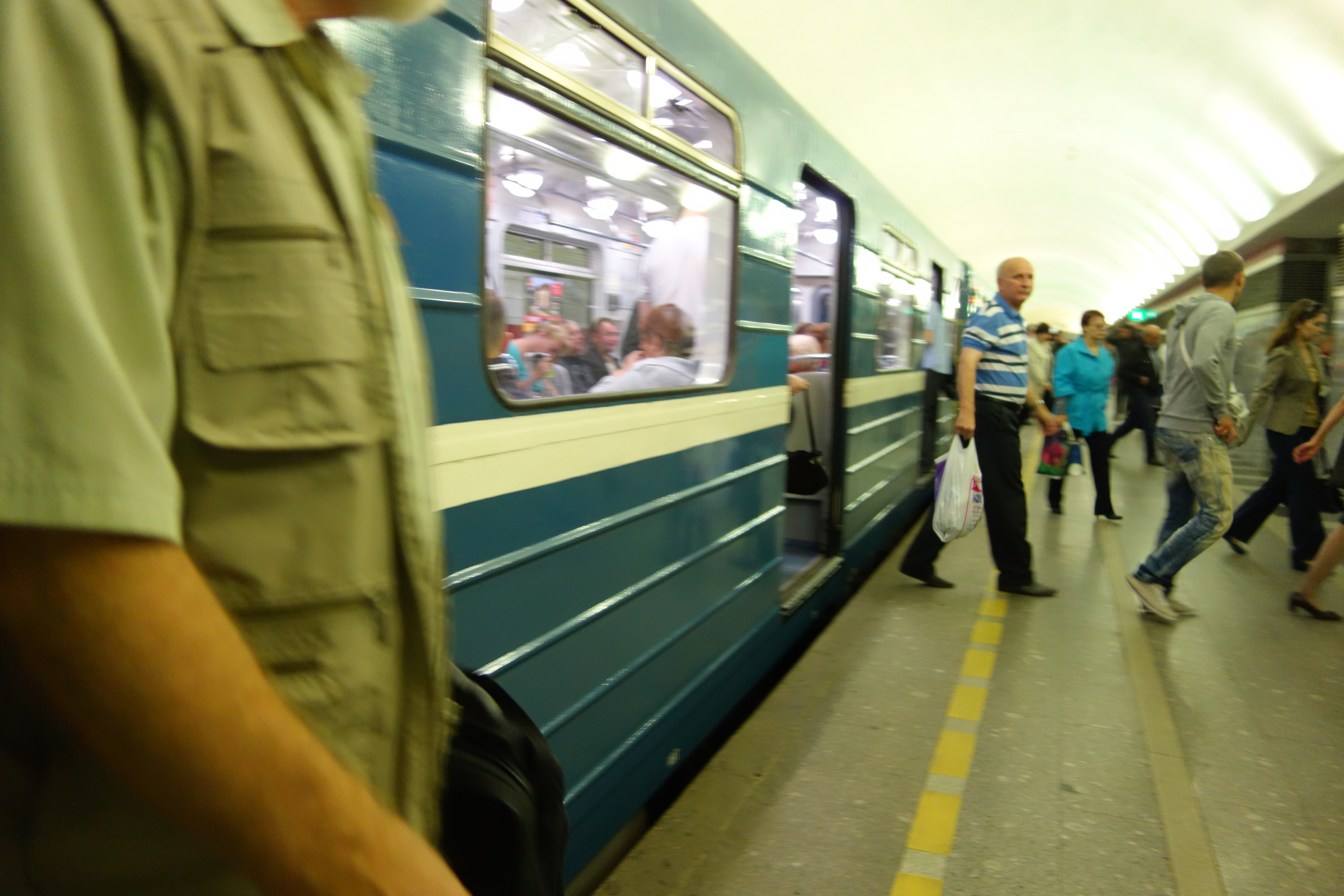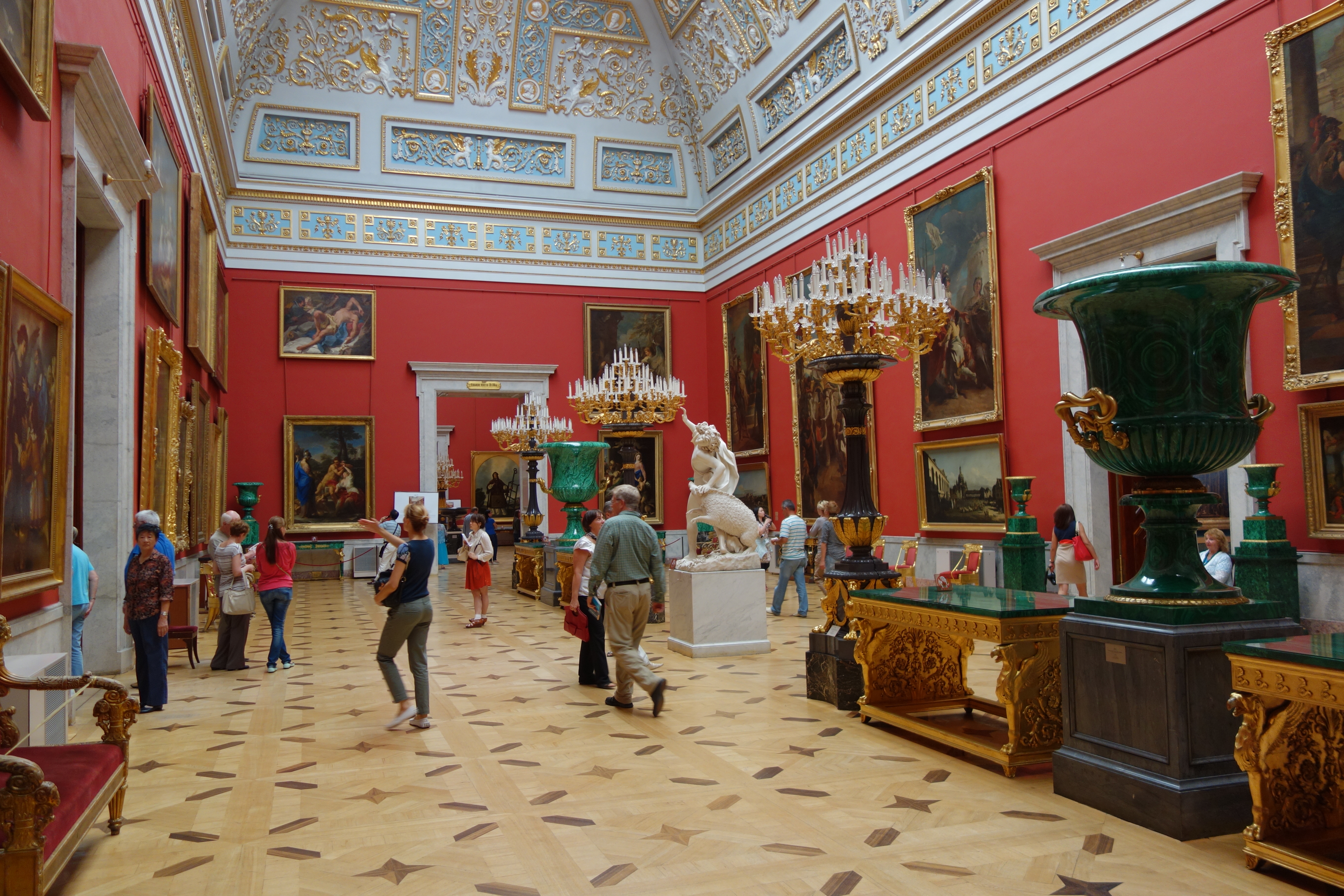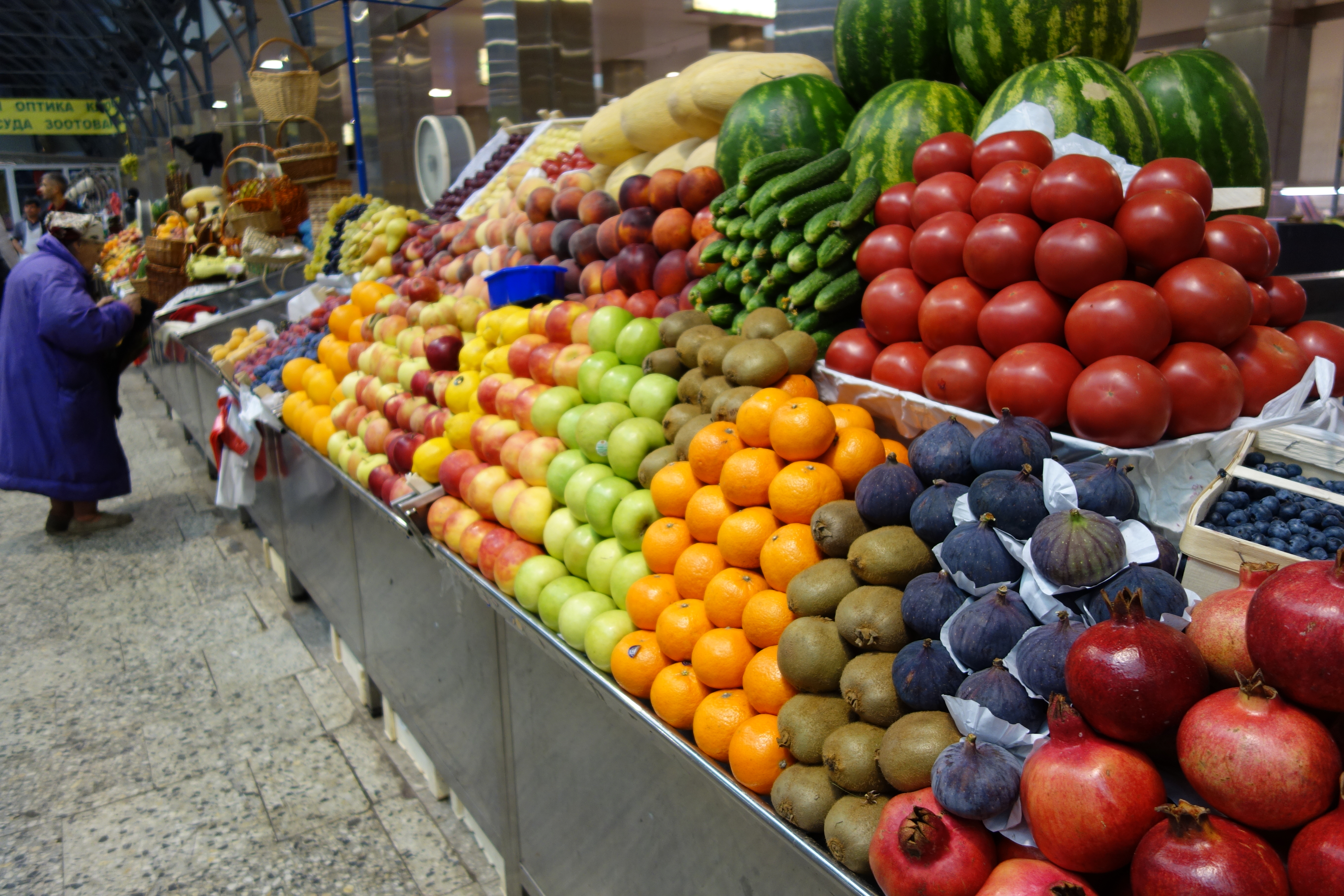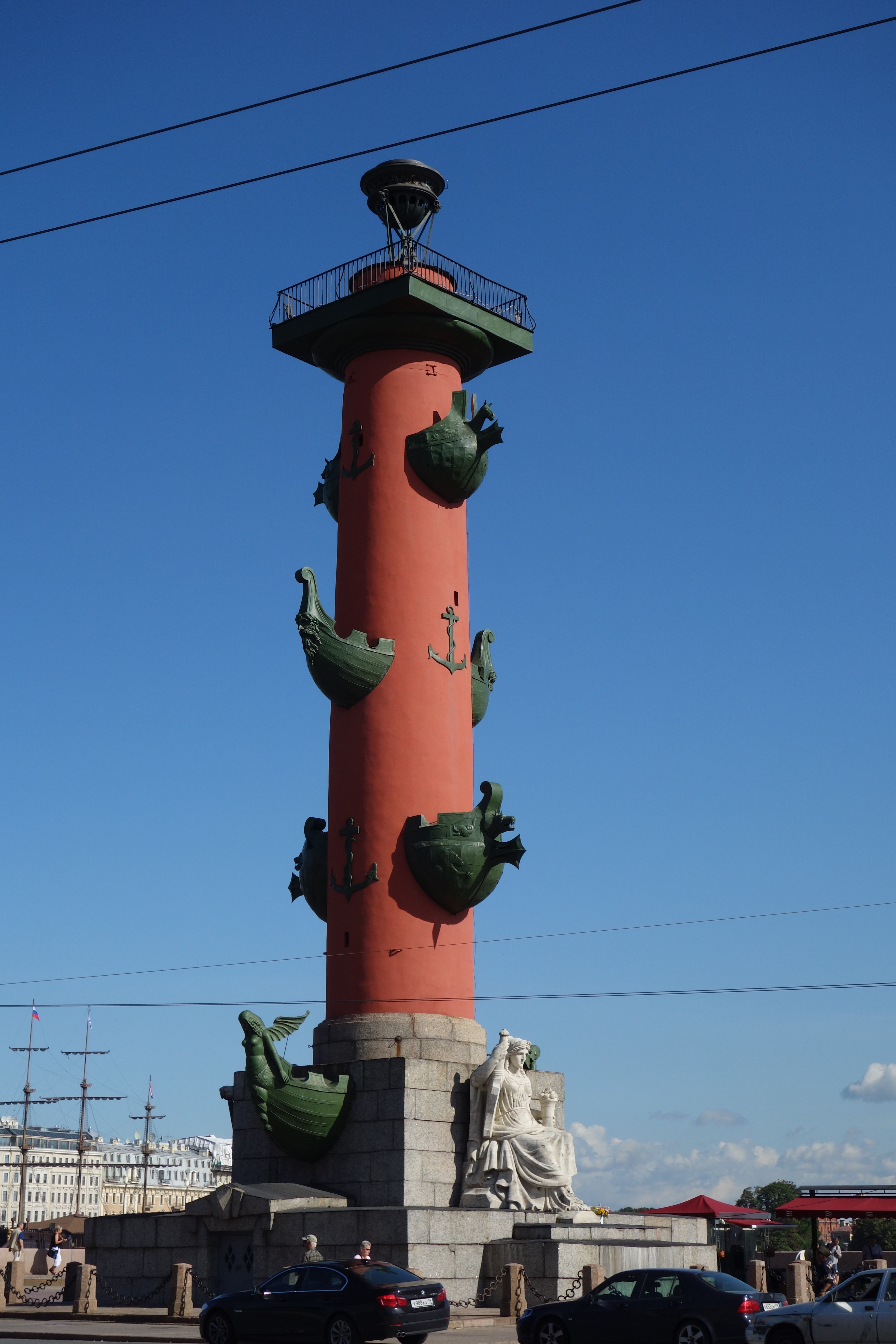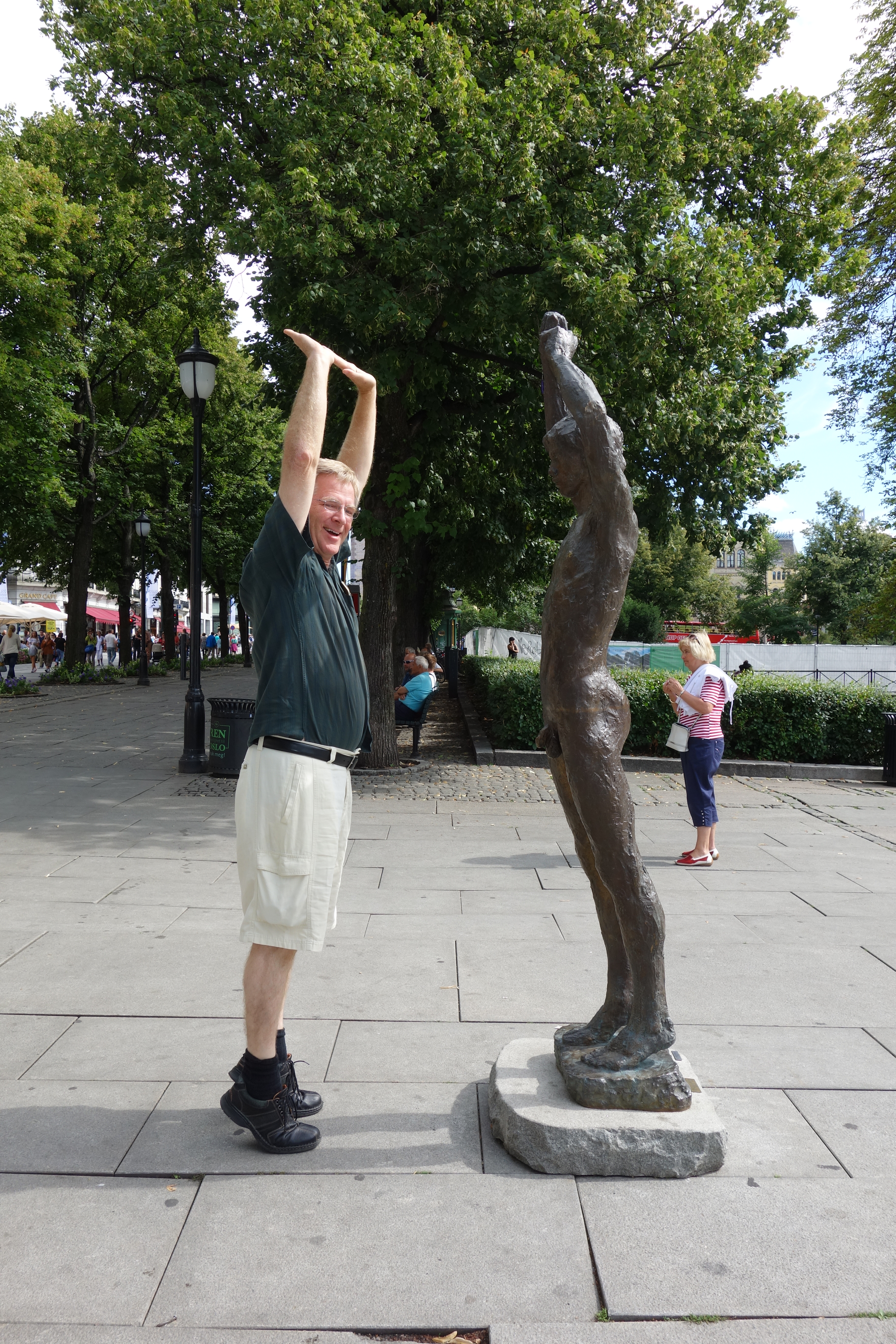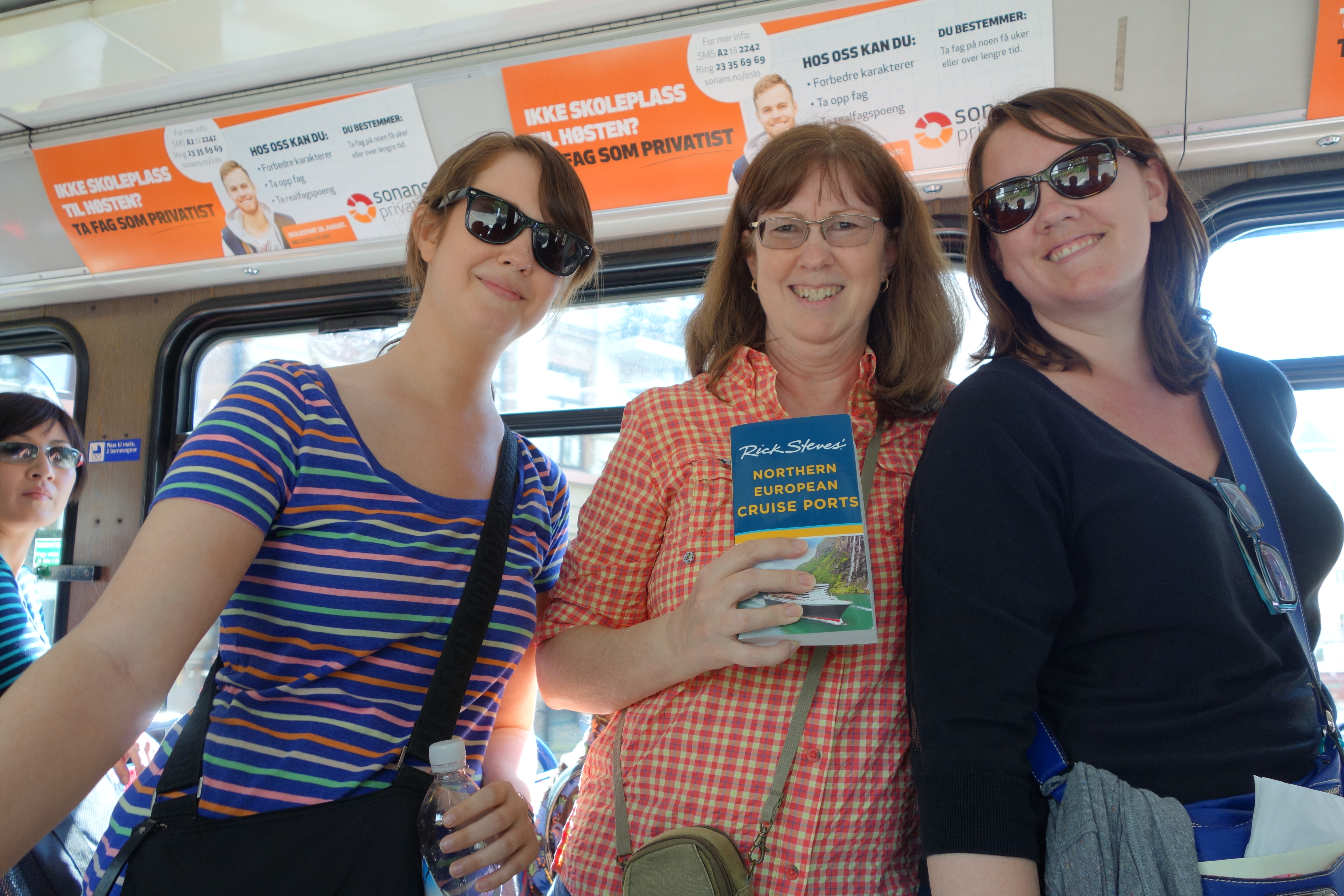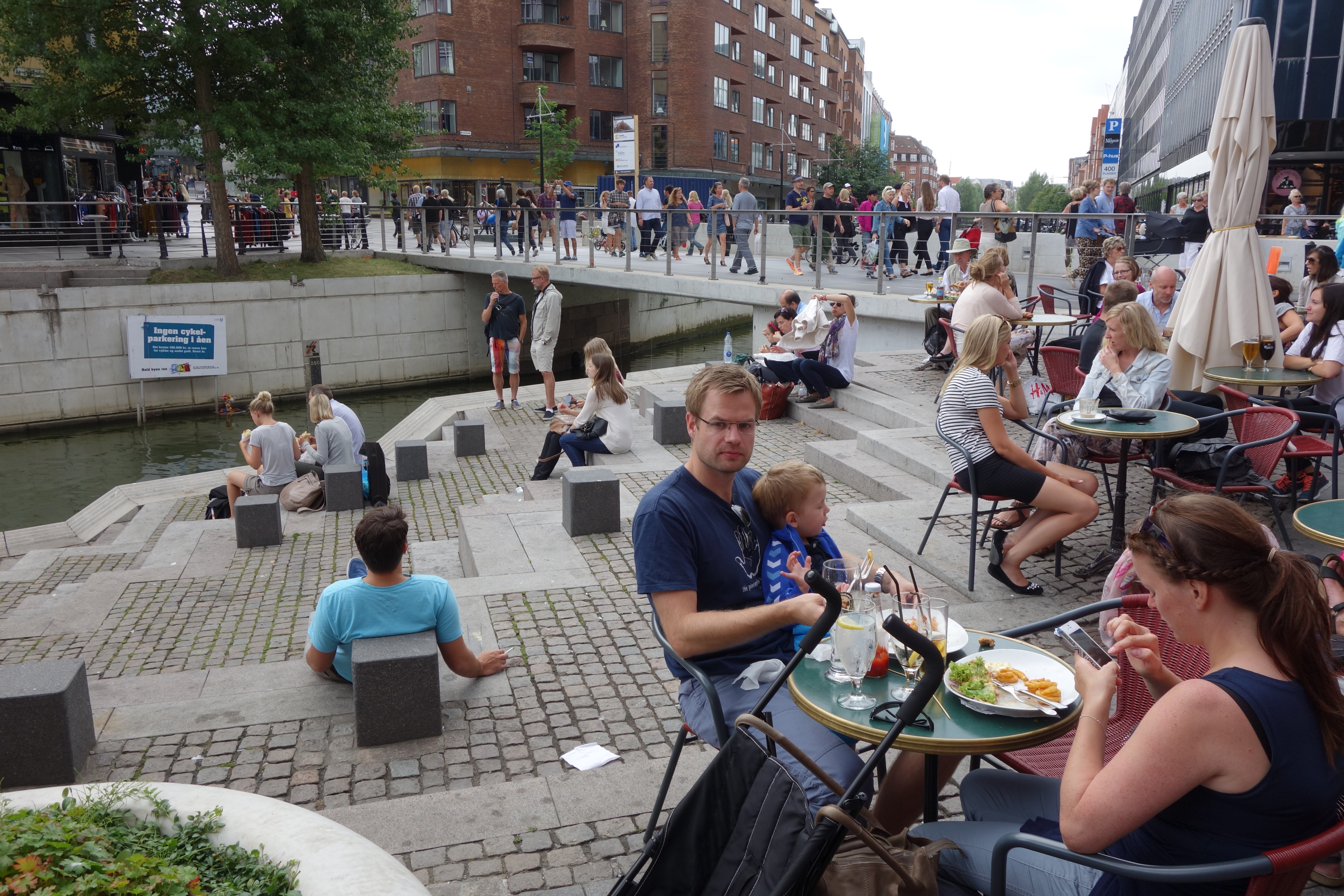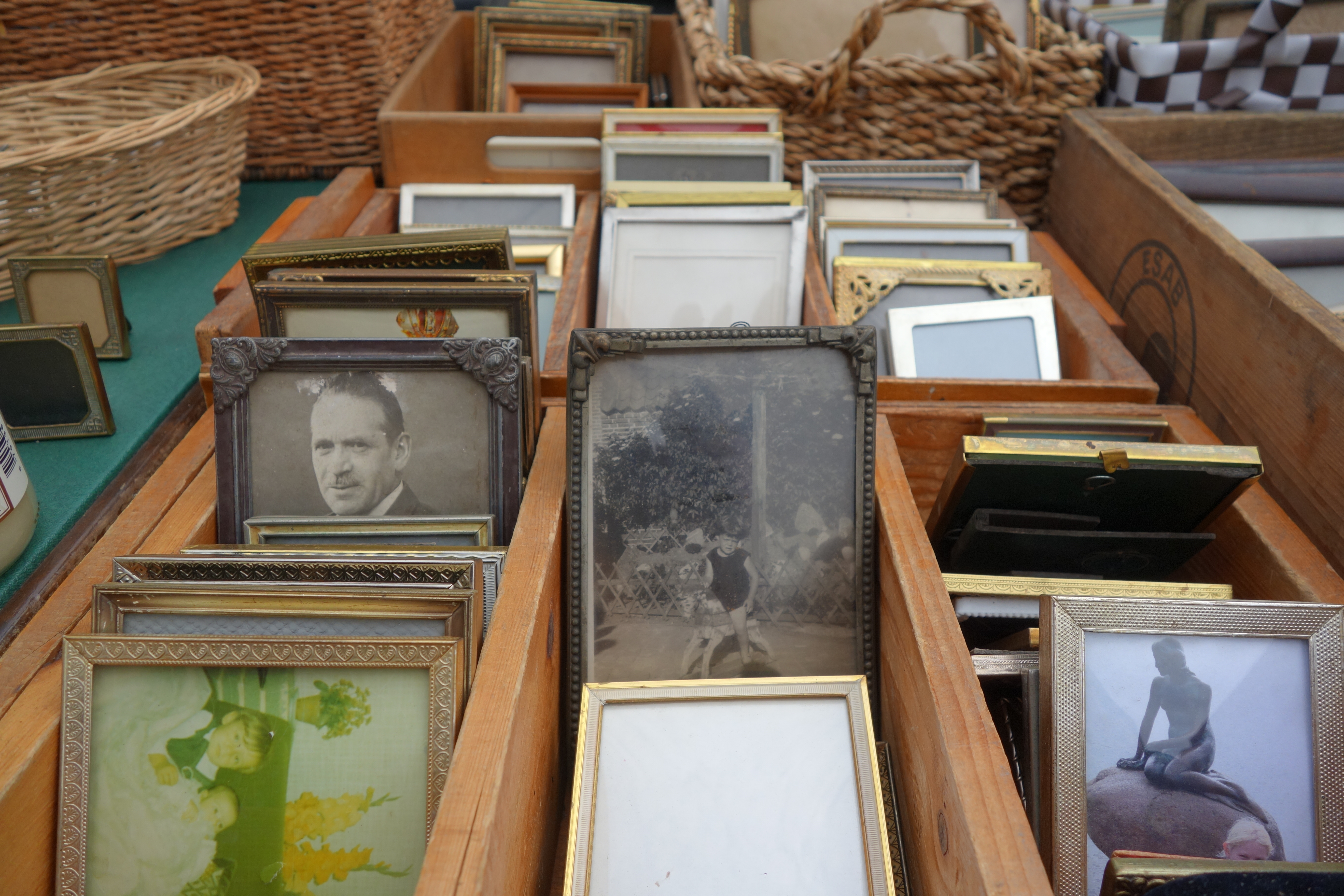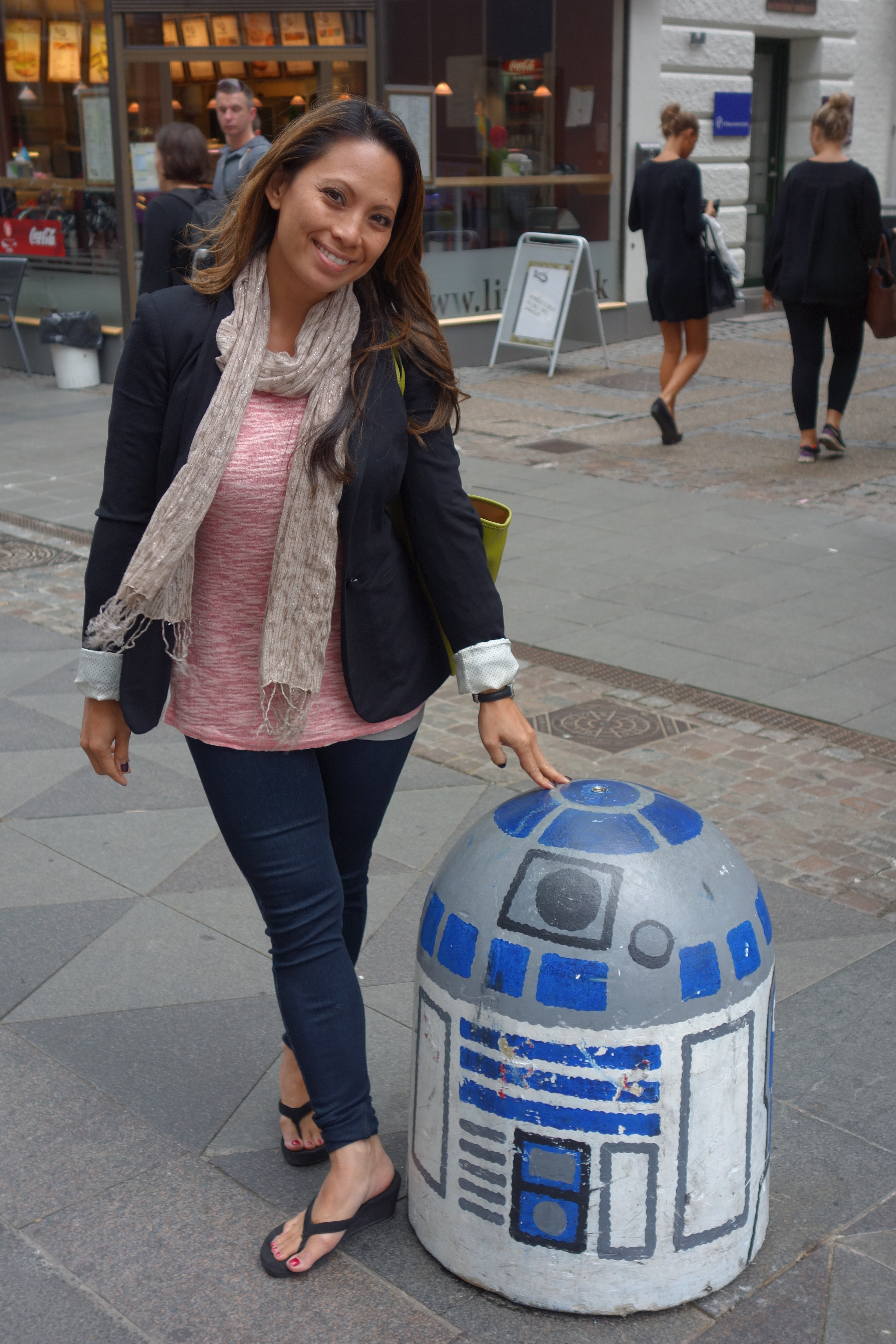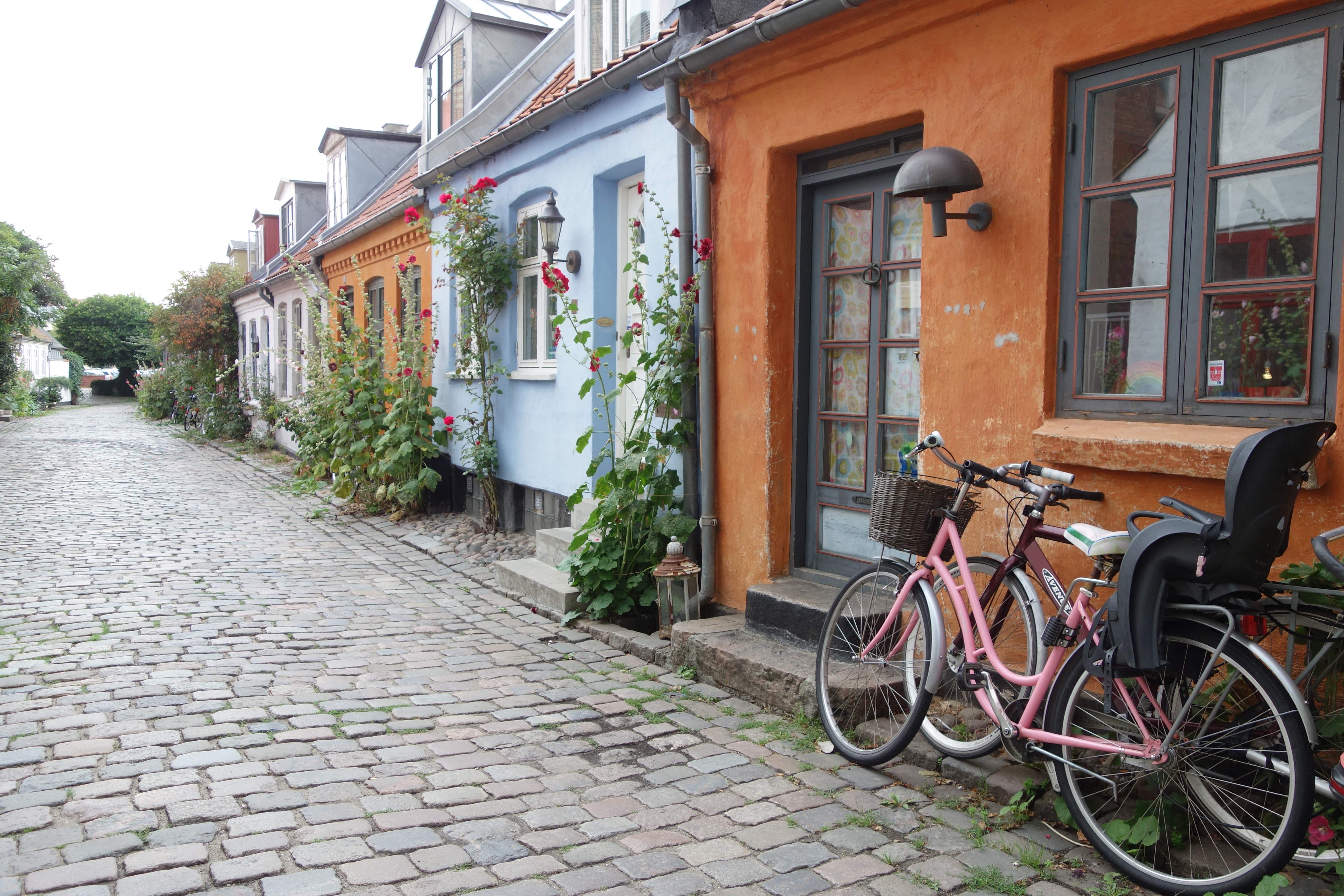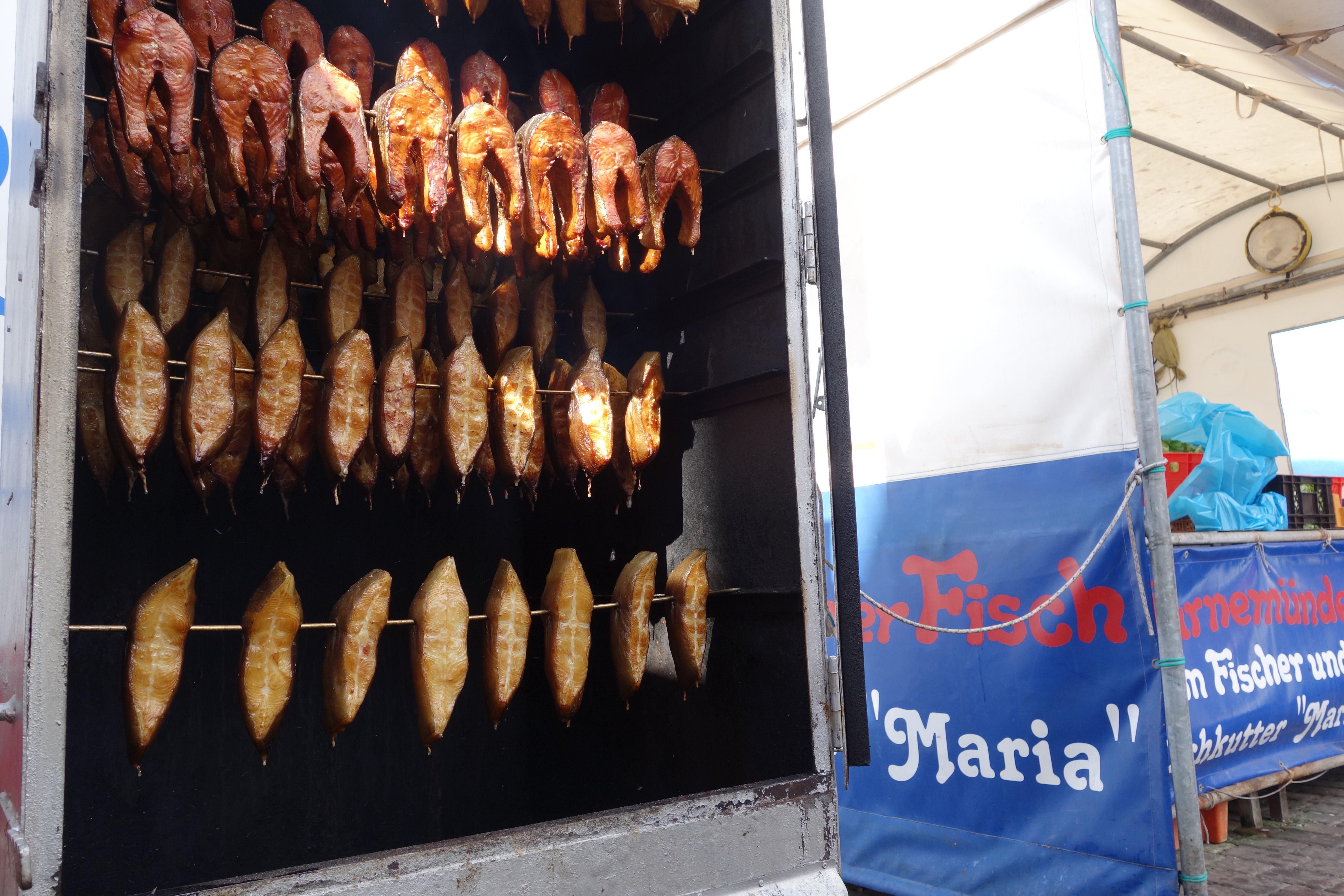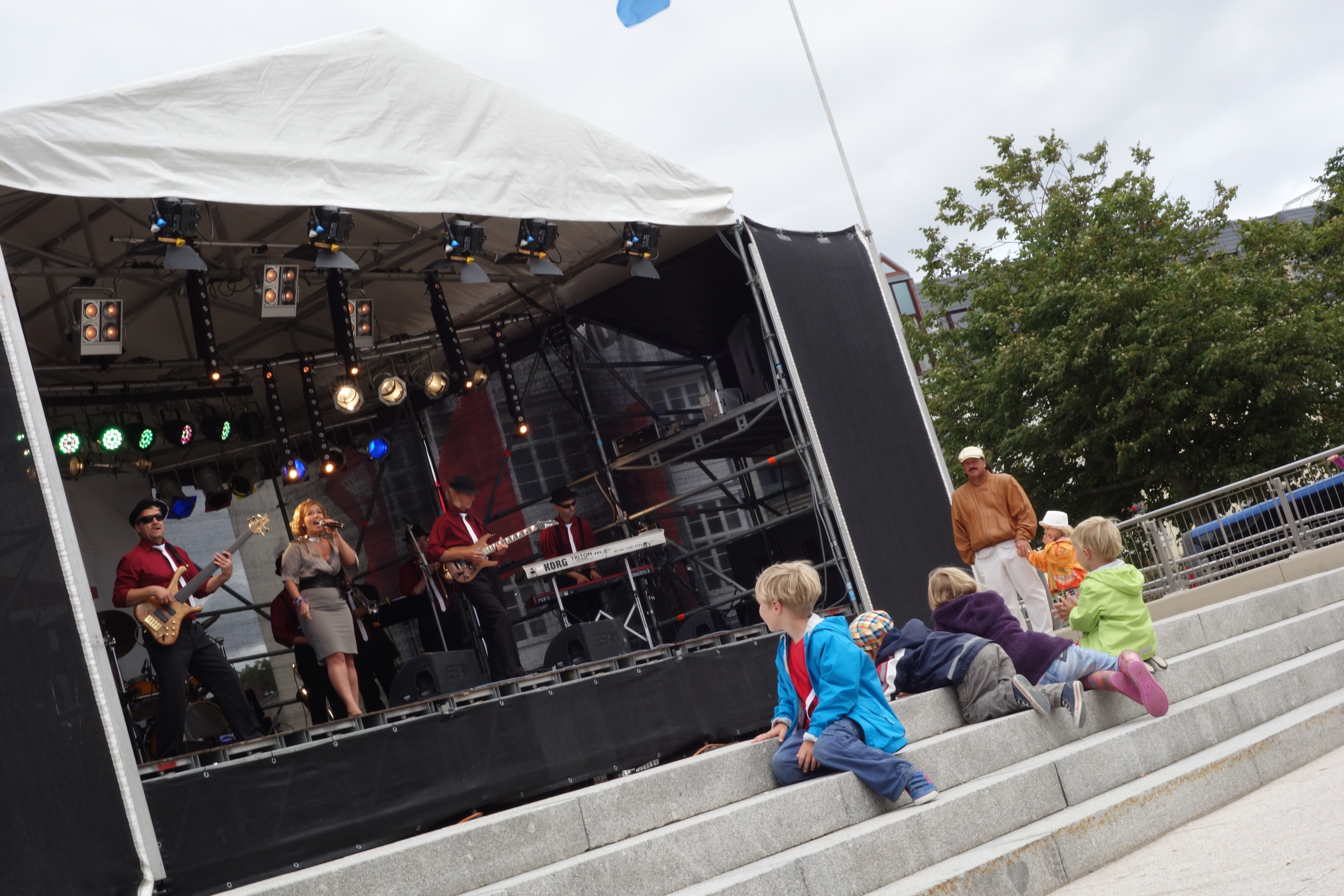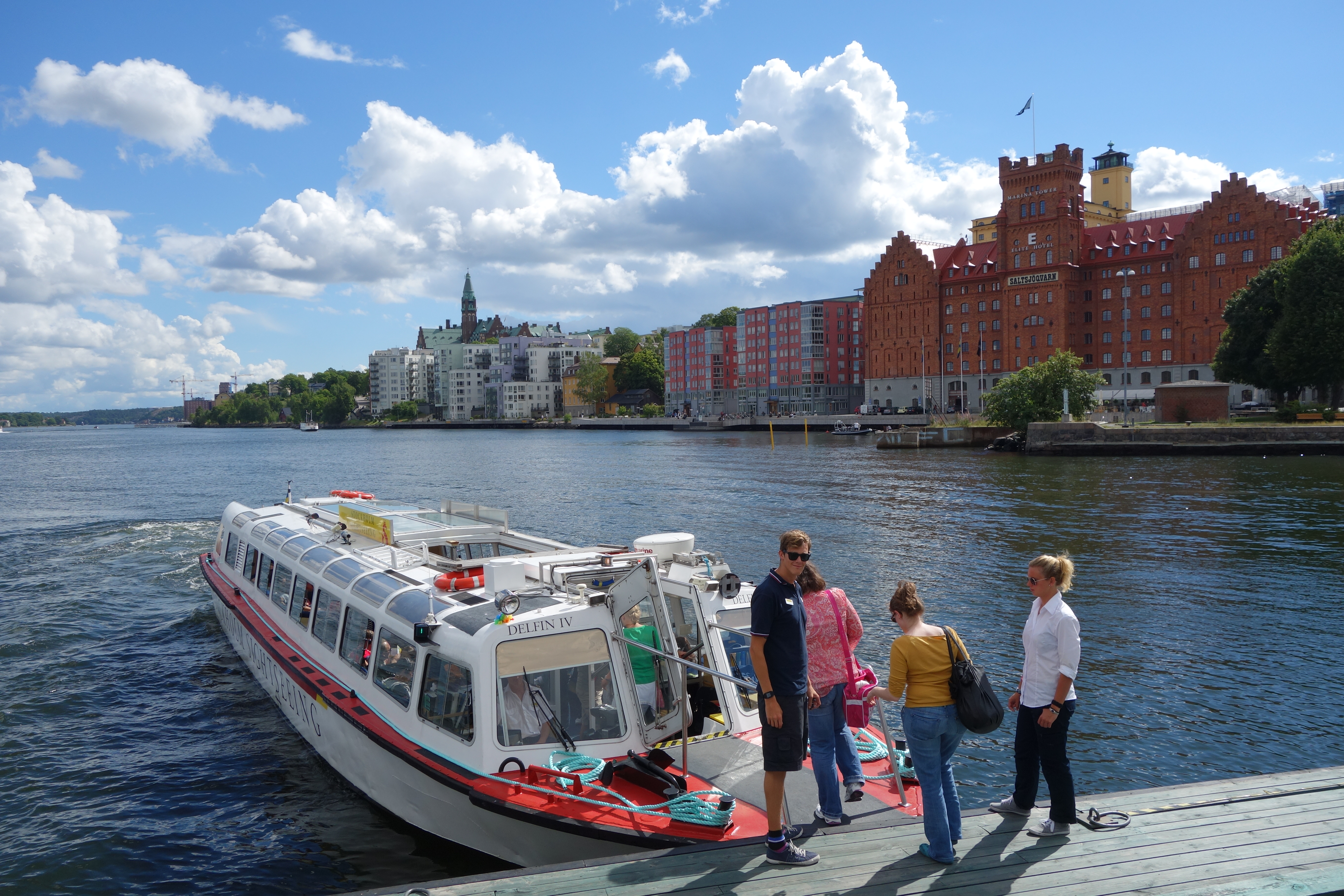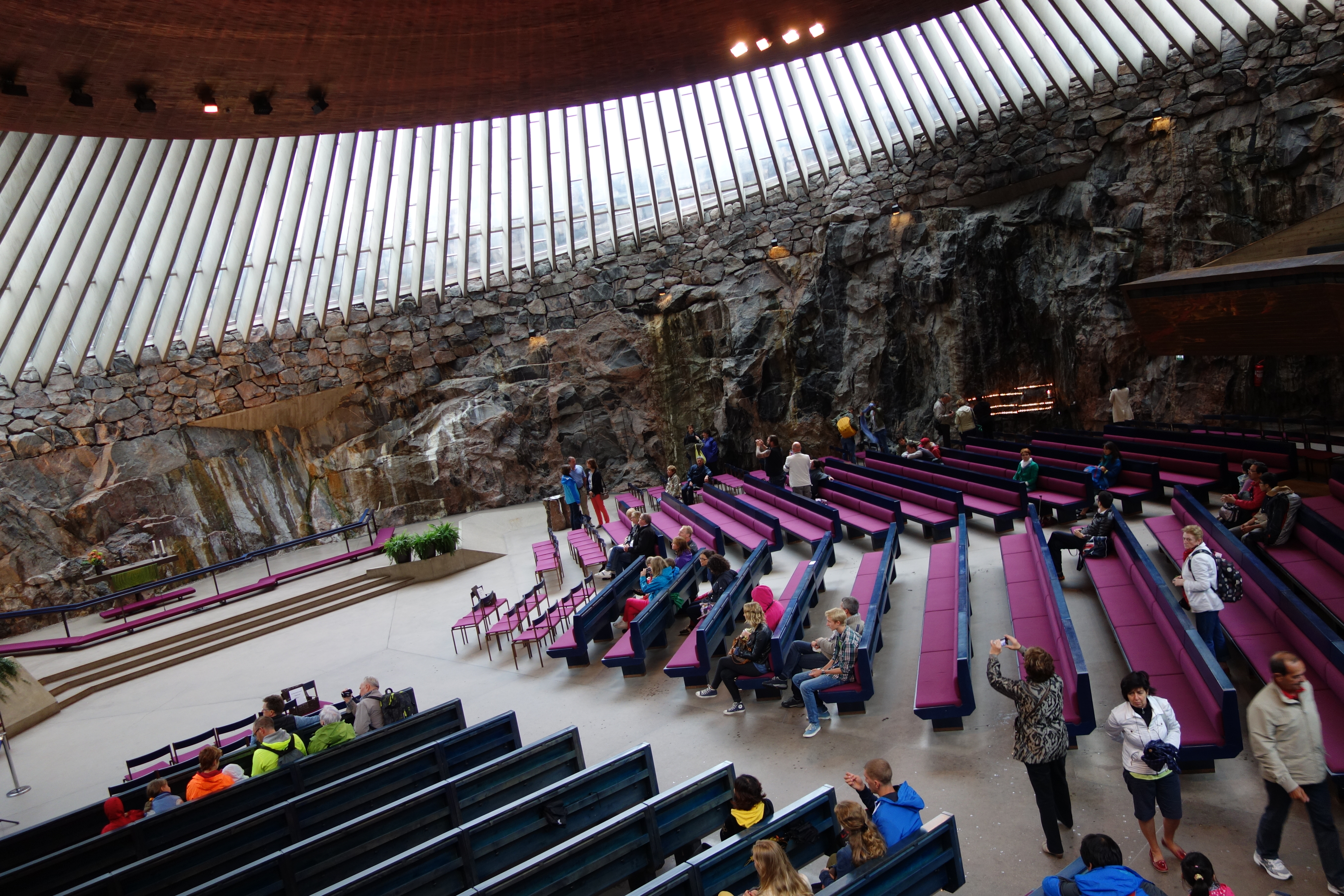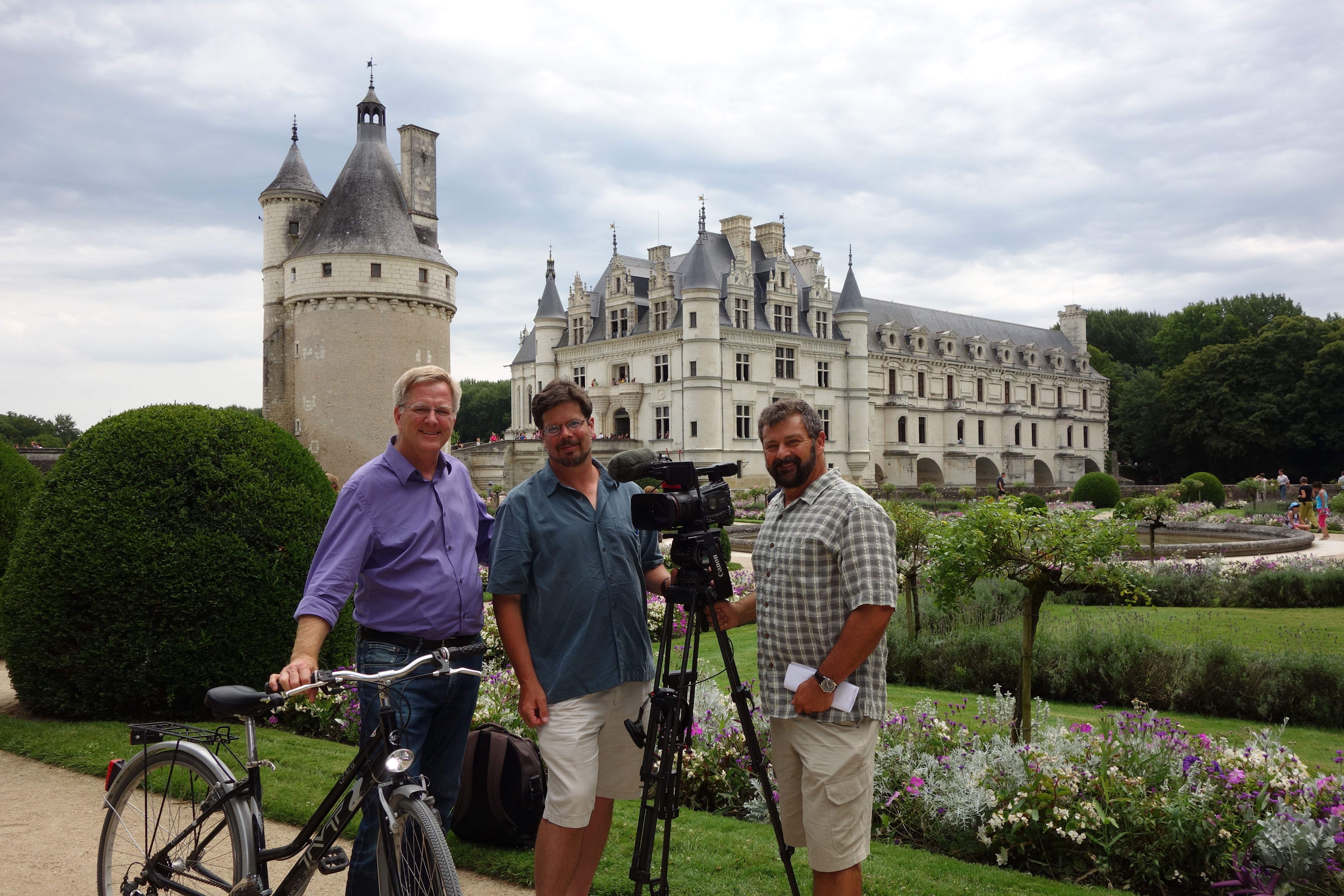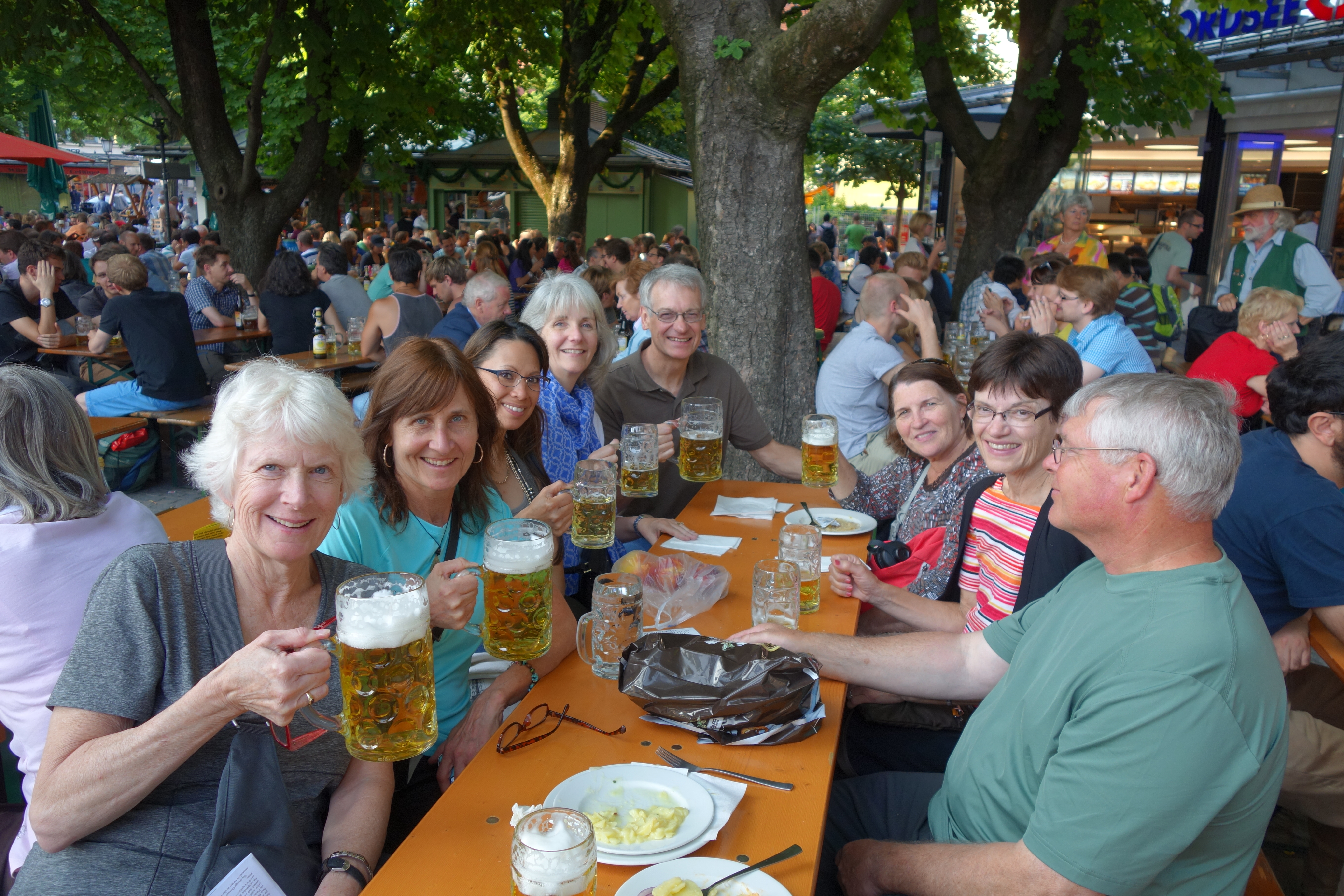“Dobryy den’,” I said to the Dorothy Hamill-coiffed customs agent. I was eager to practice the little Russian I knew. She must not have heard me because she didn’t respond to my greeting. “Dobryy den’,” I repeated, this time with a smile. Maybe I was pronouncing it wrong. The third time I wished her good morning, I got an icy stare, alerting me that this had nothing to do with volume or pronunciation. I was just supposed to keep my lip zipped.

Seconds passed like honey through a sock. I watched nervously (though I tried to play it cool) as the agent index-fingered my passport, looking for my visa and anything that was amiss. My heartbeat and my breath were the only two sounds I could hear. When I finally heard the ca-chunk of the Russian stamp being marked in my U.S. passport, I thought, “That is the most beautiful sound in the world.” The second most beautiful sound: my partner Rick Steves’ passport being stamped.

With that one incident, I braced myself for five bleak and dreary days in St. Petersburg. To be honest, I hadn’t done enough research on SP prior to this trip and was relying on conjured images, shaped by movies, TV, and stories that had somehow crept into my brain. Here we were, at the height of summer, and I was envisioning people outfitted in fur hats and wool coats, shielding themselves—if not from the cold–from the general fog of misery can weigh down a society. I imagined decrepit buildings with ten families sharing one apartment and pictured robotic lines of SP citizens waiting and waiting for whatever it is that Russians wait in line for. It’s an ignorant way to form a perception about a city–particularly when you’ve never been there before, and despite my best efforts to arrive with an open mind, I felt like I was merely looking through a crack in a door. But as we made our way farther and farther from the cruise terminal and into the heart of the city, I felt like that door was about to be kicked wide open.

After settling into our friend Steve’s gorgeous apartment (happily not a communal one), we headed out and walked everywhere. Our first two guides (one guide per day) were relentless about showing as much as possible. The city is immense and trying to comprehend scale is an exercise in futility. But walking as much as we did helped us more easily find our physical, cultural, and historical bearings. Although vast, it somehow began to feel manageable. Going from one neighborhood to the next and re-encountering sites from different vantage points produced a sense of familiarity and made me feel increasingly at ease in this former Imperial capital of Russia. It impresses me how much of its 310-year history is retained via its architecture and how modernity seems blend itself so easily with tradition.


As Rick took diligent notes from our guides, I was like a kid in a candy store, taking photos of everything that caught my eye: toothless babushkas (head-scarfed, elderly Russian women), young men in military uniform, the vibrant colors of the Winter Palace, divine mosaics decorating Orthodox (former) churches, and Cyrillic letters that reminded me that having a guide where you don’t speak the language is a blessing and sometimes a necessity.


I imagine that SP citizens must swell with pride when they think of their hometown. Modeled after the canal-strewn layout of Amsterdam, it was the jewel of Tsar Peter the Great. Its style has evolved from Petrine Baroque through Empire, Elizabethan Baroque, and Neoclassical, Romanticist, and Constructivist styles. It has suffered catastrophic fires, revolutions, siege, and Stalin. And now, more than 20 years after the fall of the Soviet Union, St. Petersburg is a thriving hub of culture, industry, new money, and rapid change. This bustling city is monumental and accessible, historic and new, Eastern and Western, conservative and edgy, Russian and European…all at the same time.


Its beauty was unexpectedly alluring and ubiquitous. If I had a Russian ruble for every time I gasped at something remarkable, I’d still only have about $3, but hey–that’s 100 rubles! The Hermitage (established by Catherine the Great) was so much more than I expected. Its expansive (and perhaps questionably attained in some cases) art ranges from Egyptian antiquities to European Modern. Although we had to blitz it in 90 minutes, our guide Natalya brought it to life with her incredible insight and passion for art history. While the Hermitage offered a world-class collection, its art was most Western. Just as impressive–but all Russian–was the Russian Museum. It houses a fine collection of folk and decorative art, Orthodox icons, portraitures, landscapes, and sculptures that capture the essence of the Russian people. You can discern quite a bit from how a society expresses itself through its art, and I only wish I had several hours more in there to continue my education. It was as if Russia existed in a parallel universe of art–same stages and styles but with (to us) no-name artists. And in the same way that I was visiting and getting to know St. Petersburg for the first time, it was humbling to be introduced to a world of art I knew so little about. It allowed me to gain a better understanding and appreciation of the amazing story of the Russian people.
For more cultural eye-candy, check out these images that caught my attention (click on any photo to begin the slideshow).

